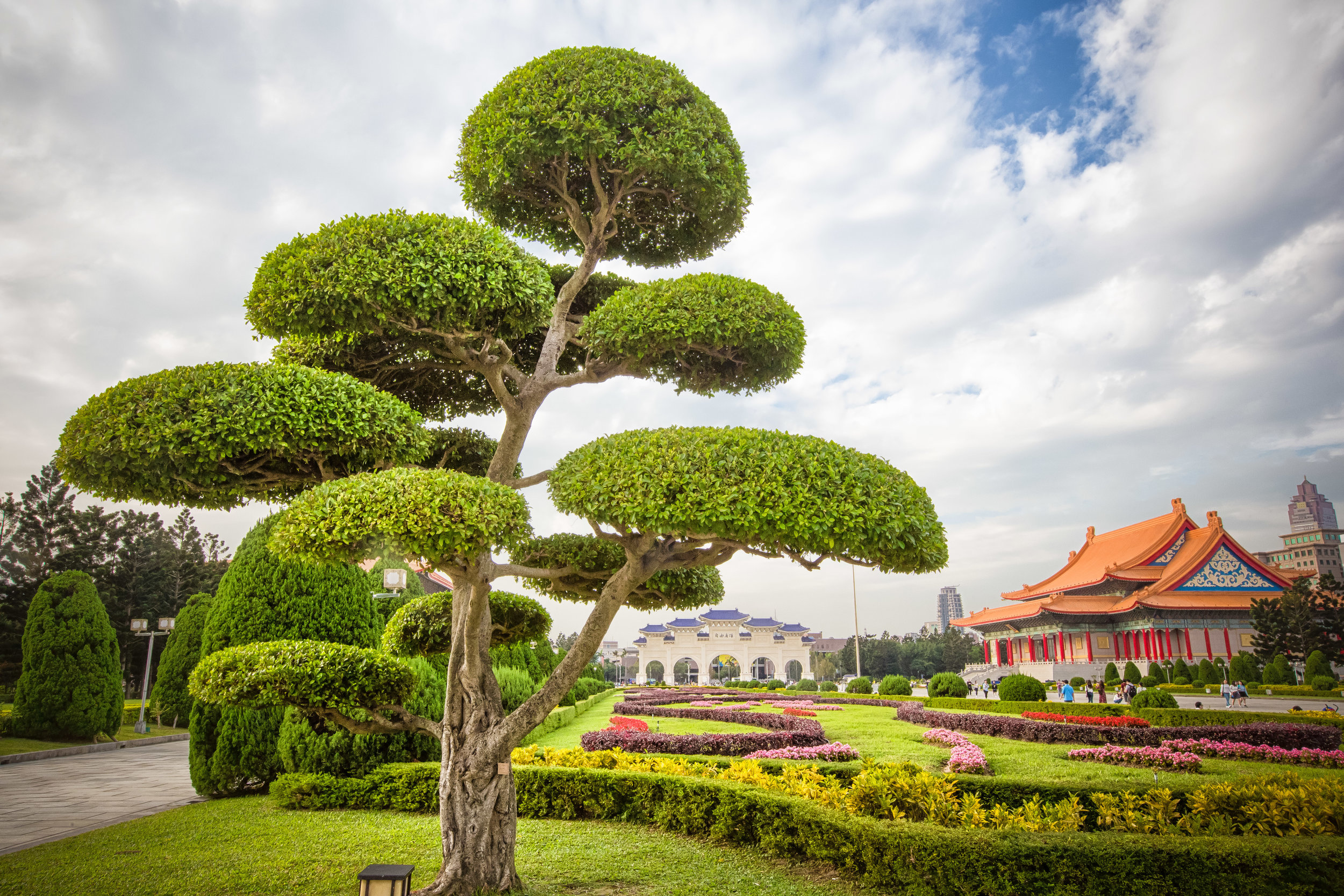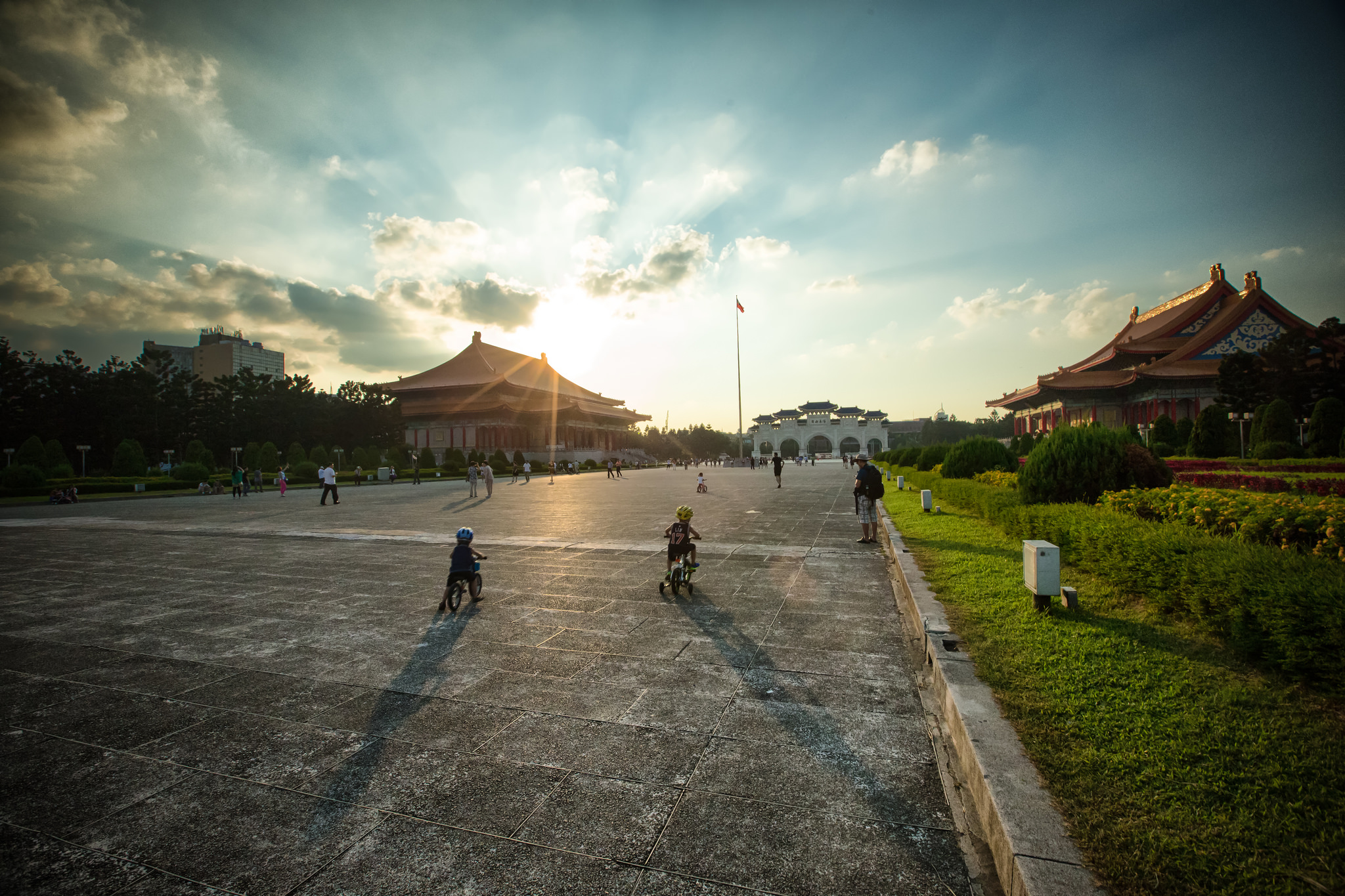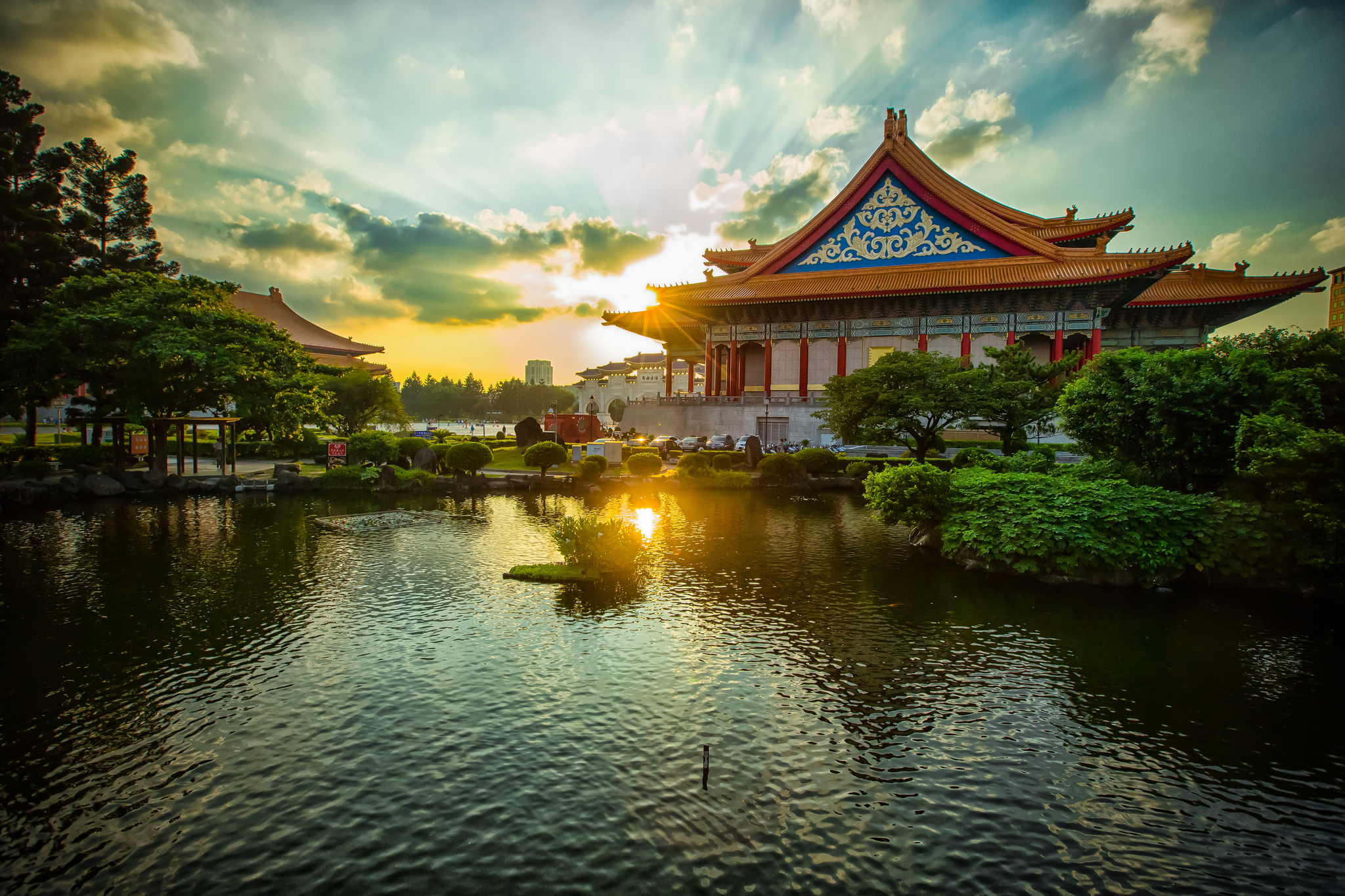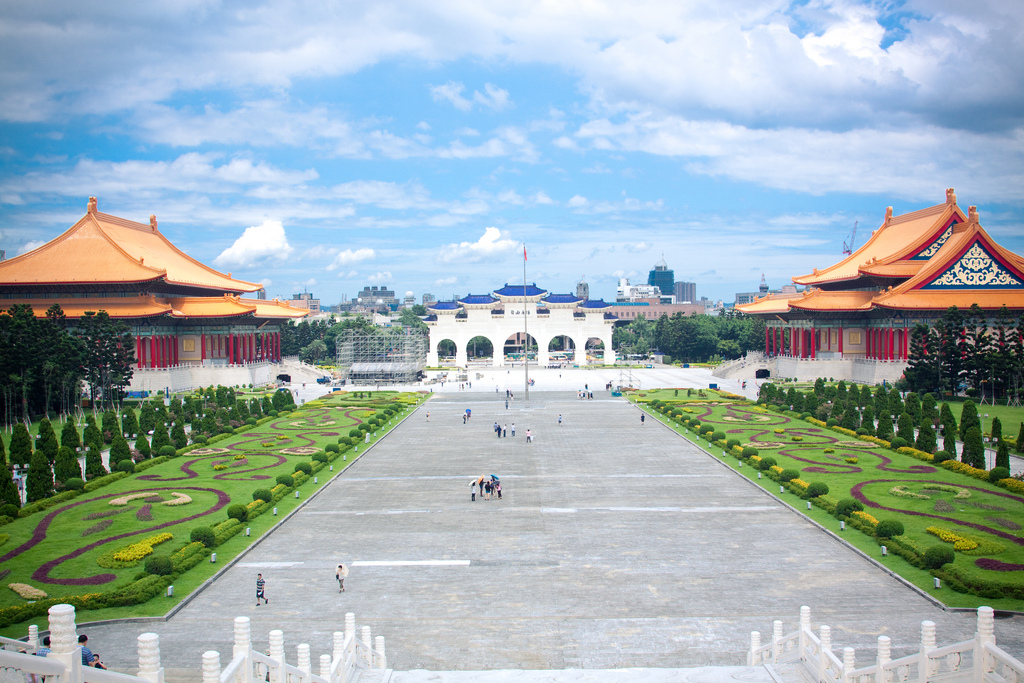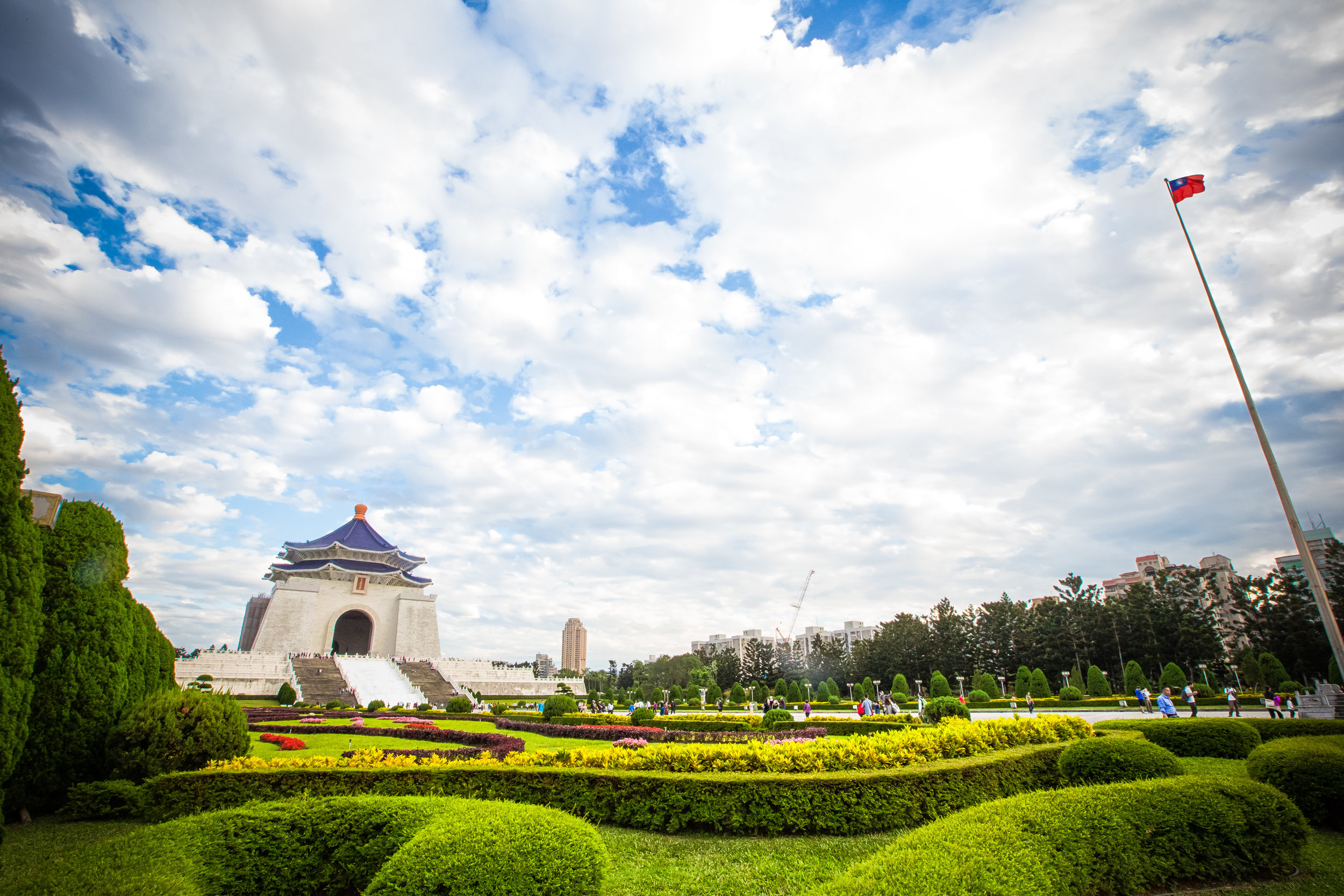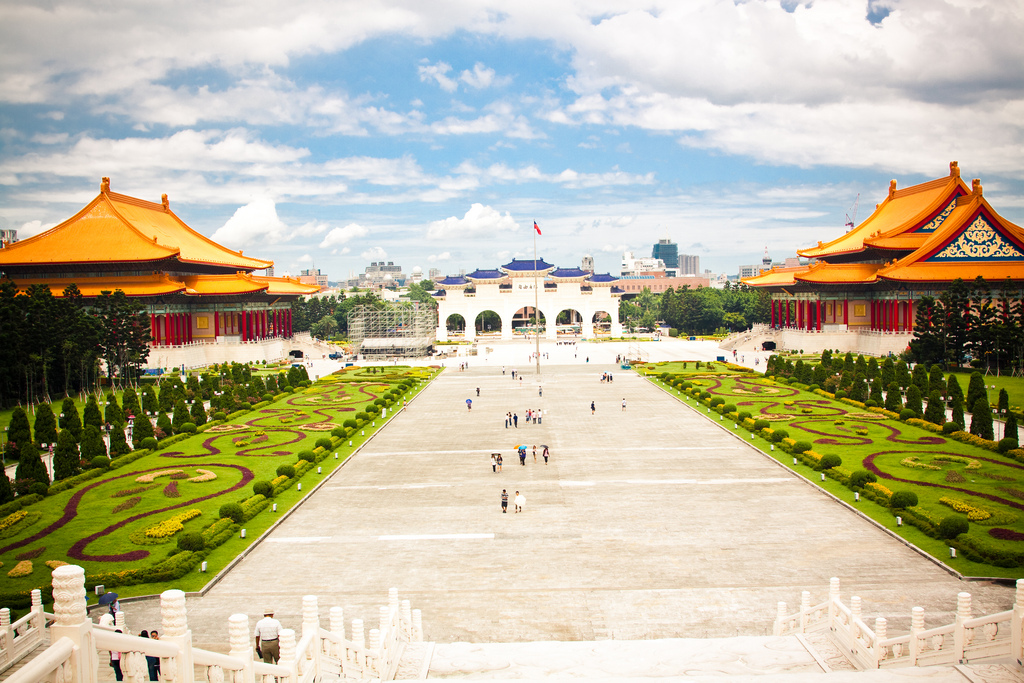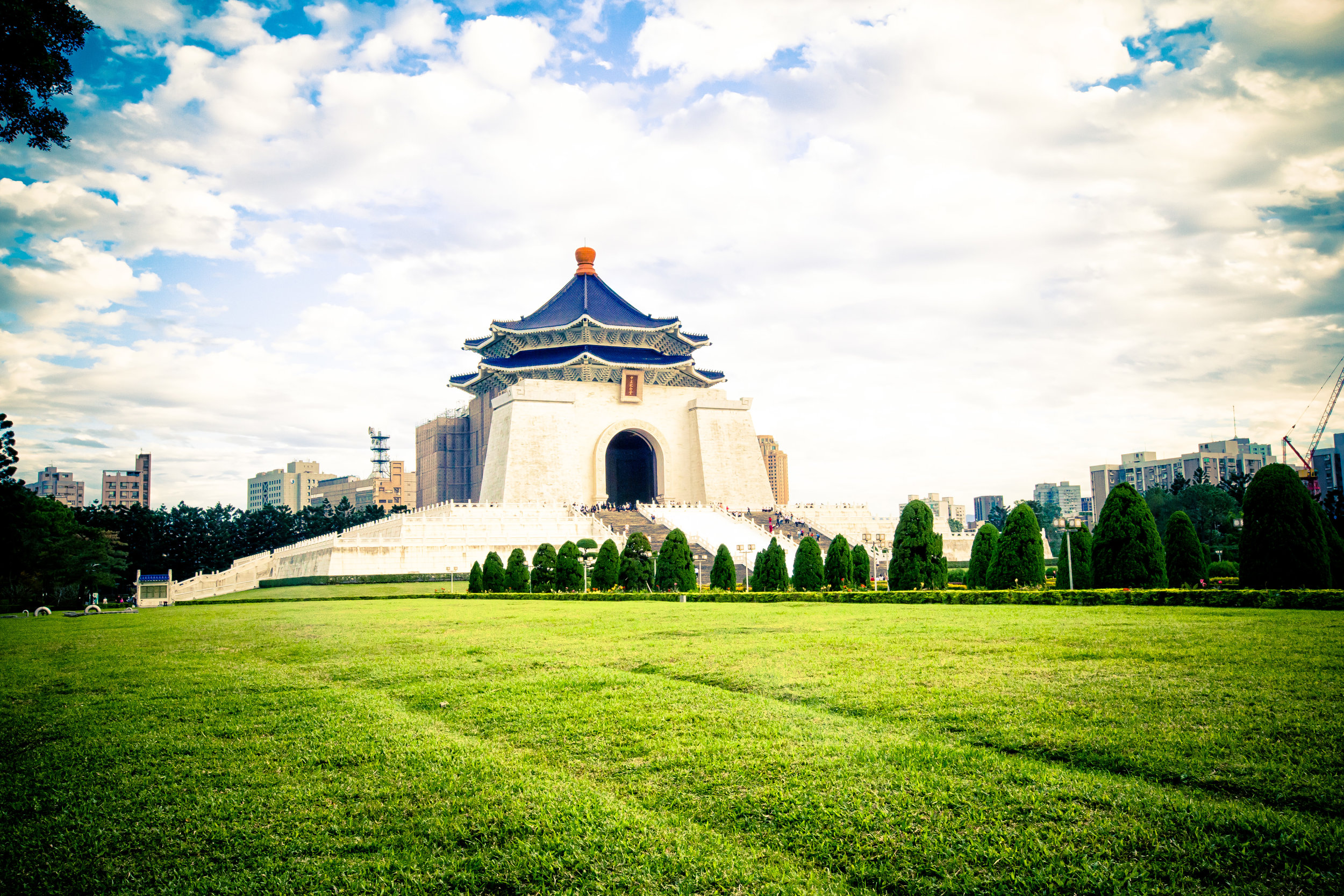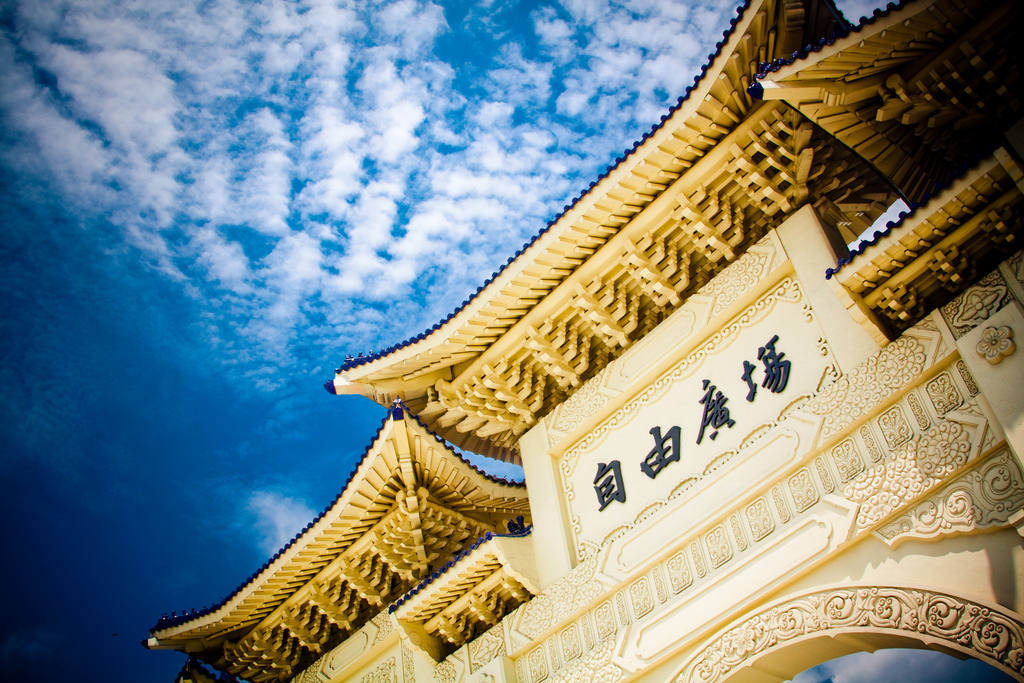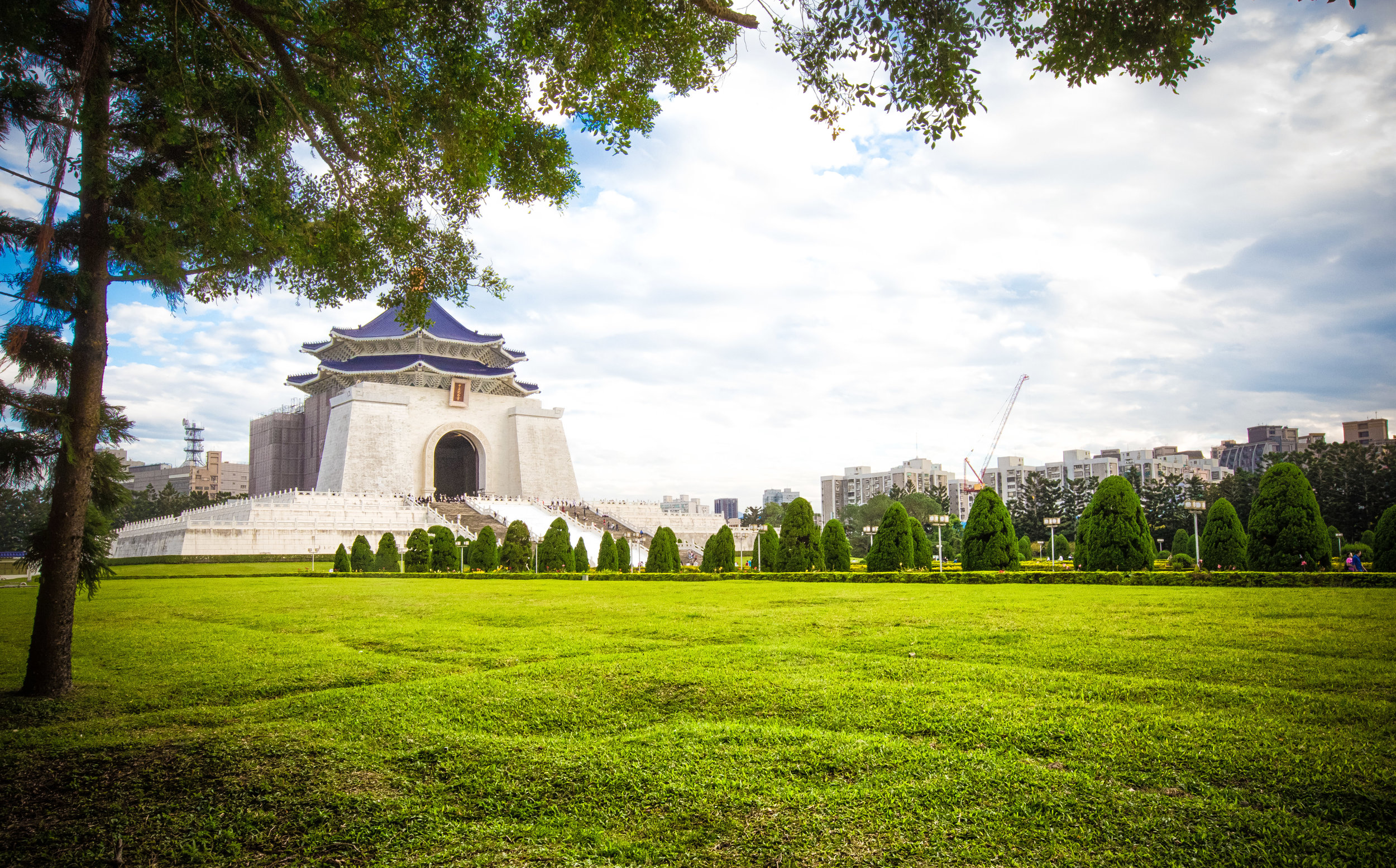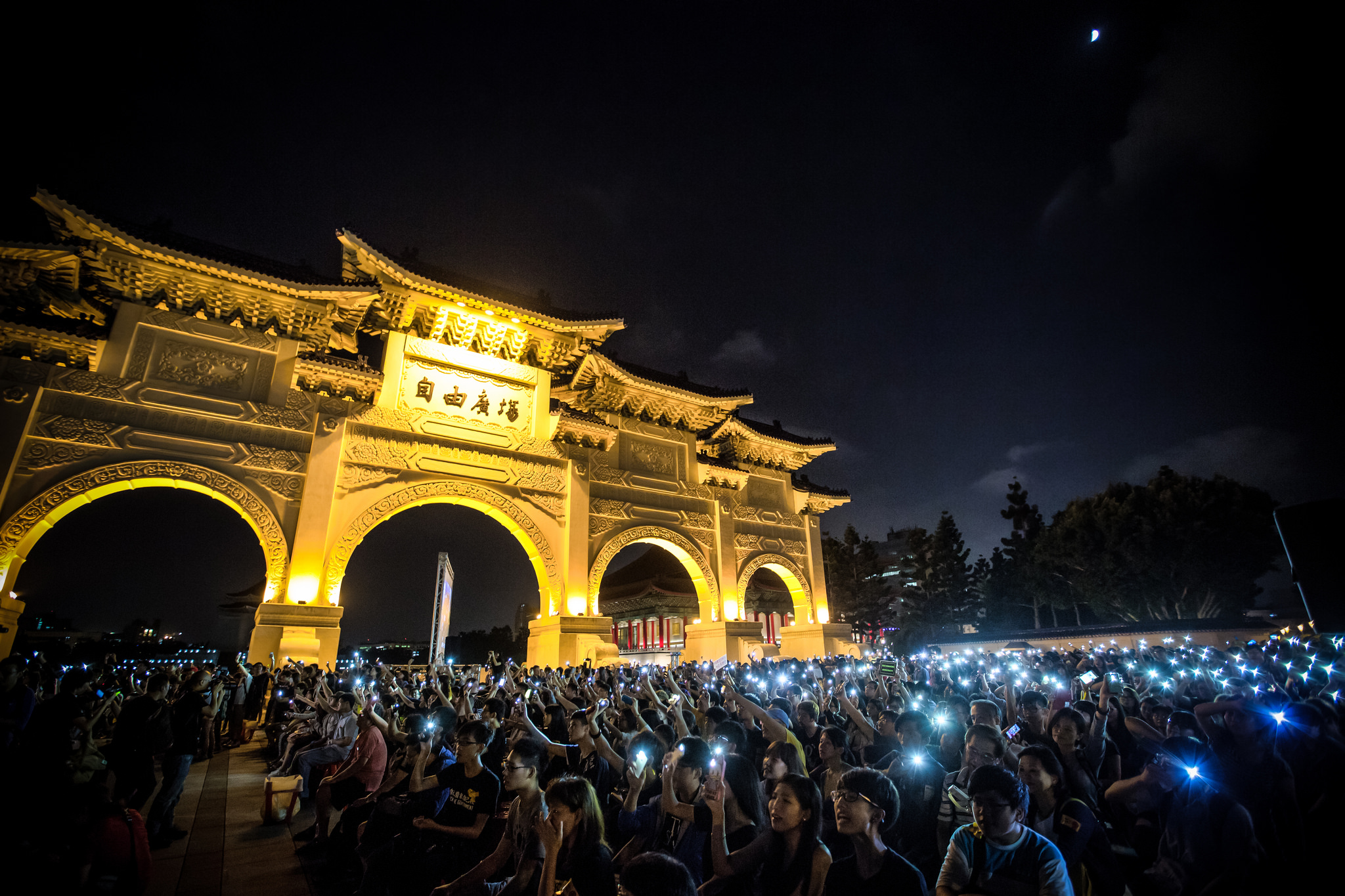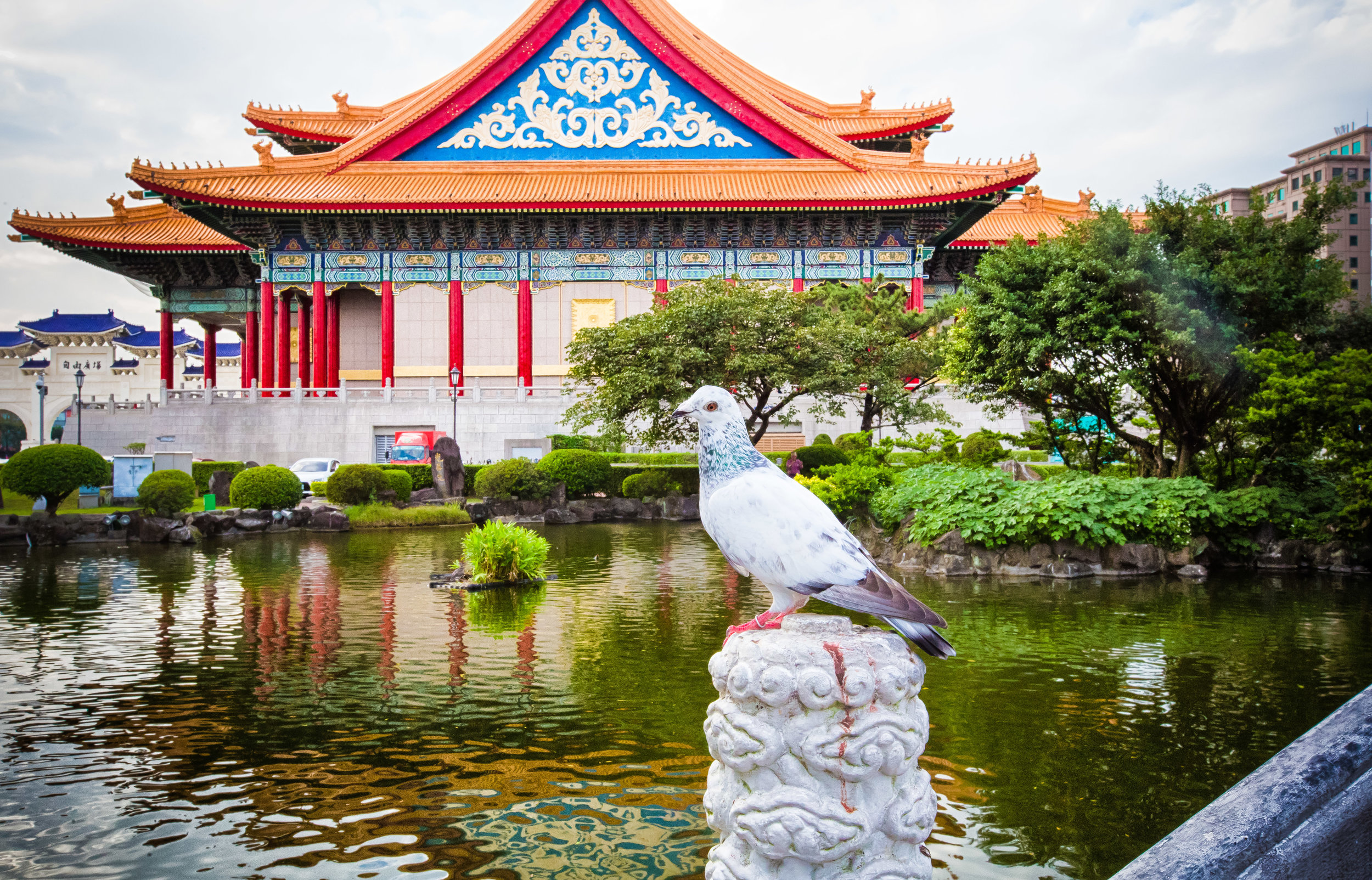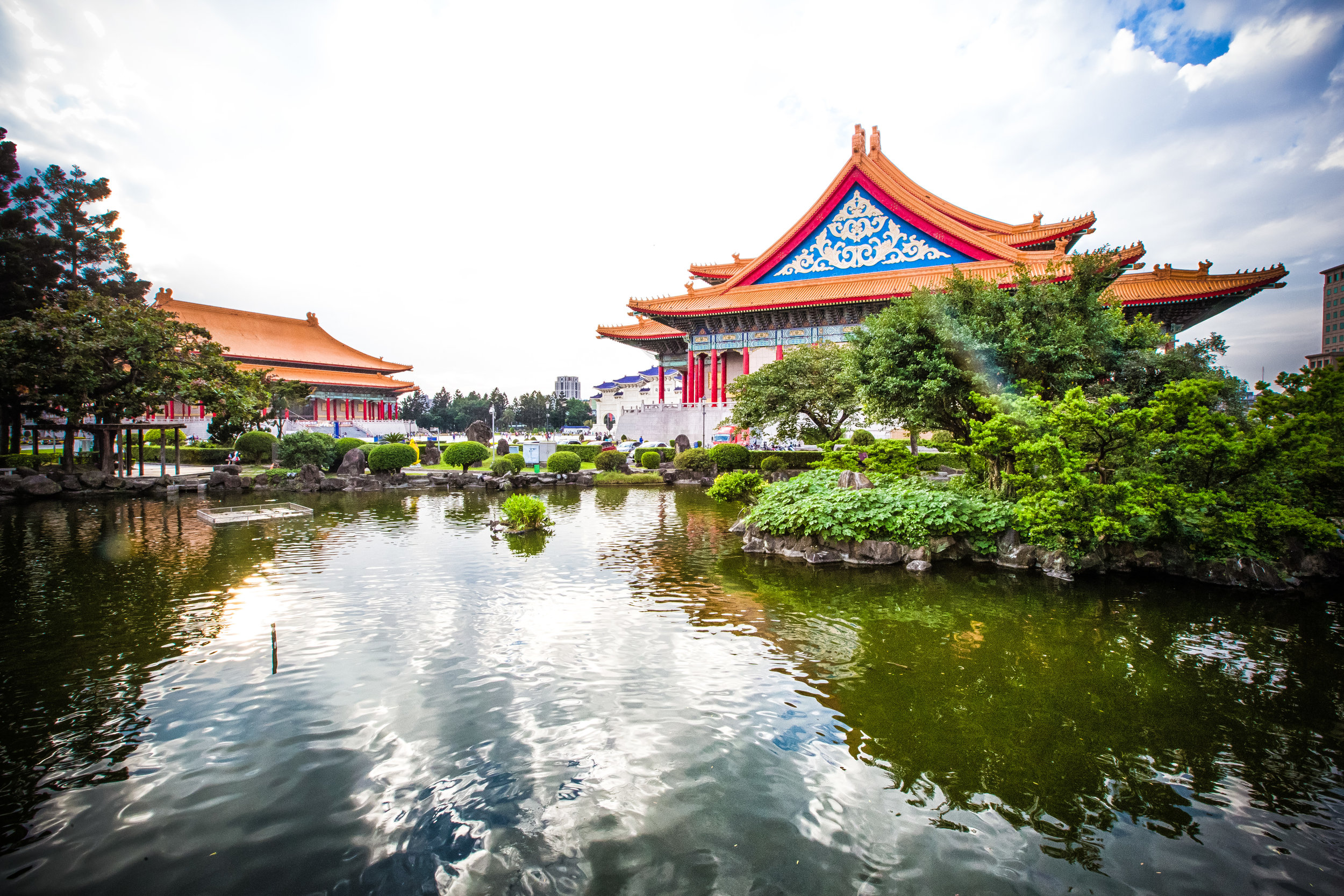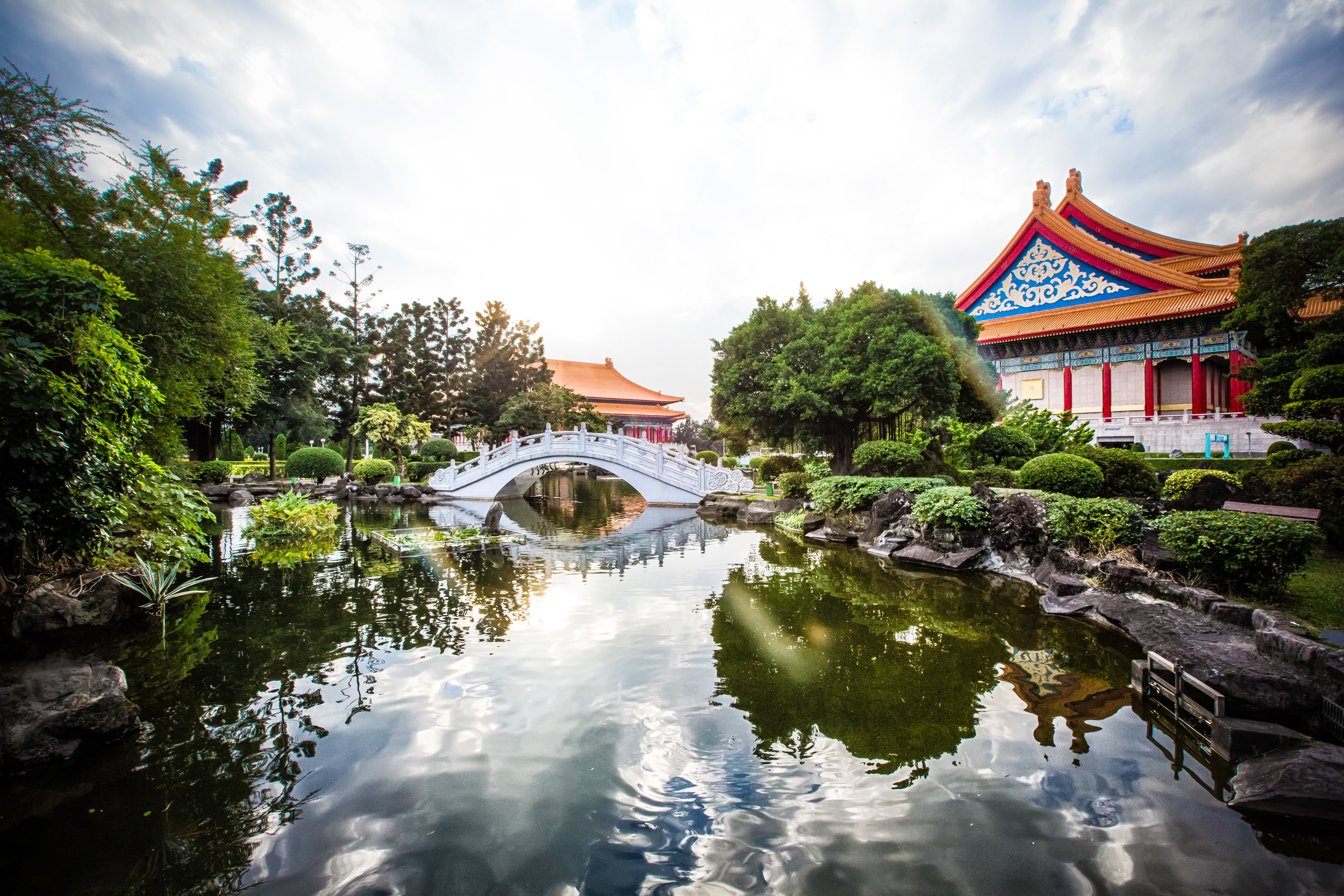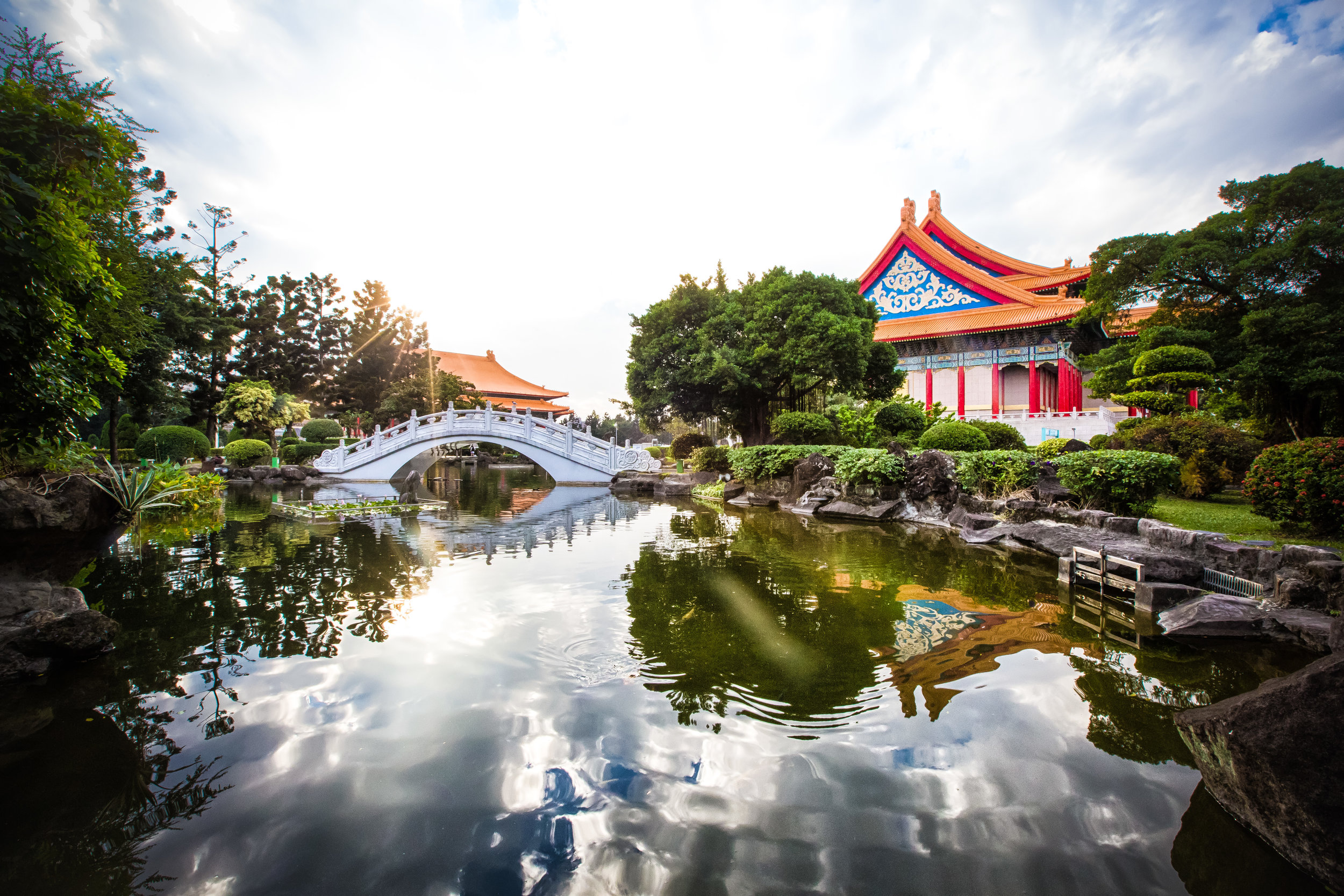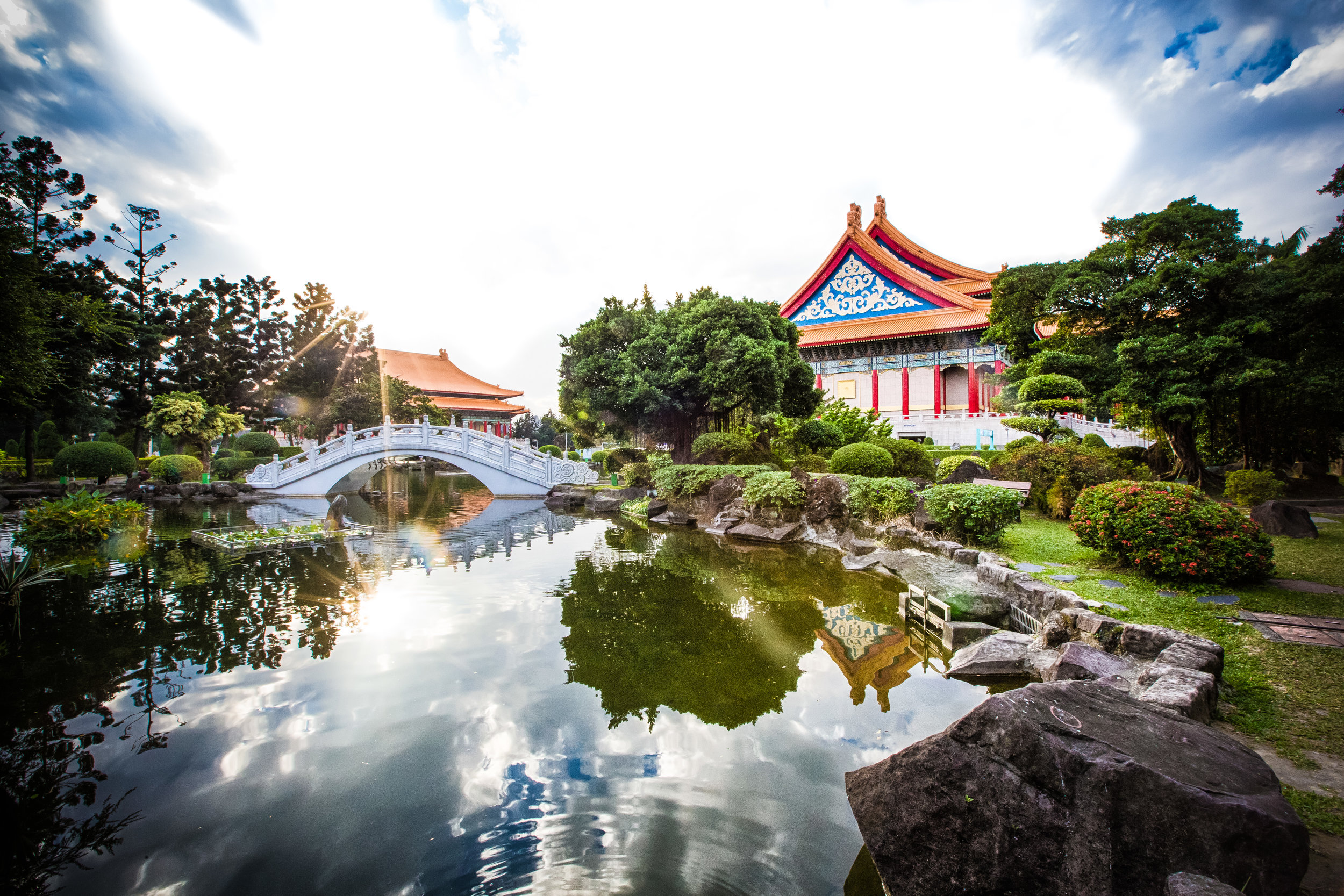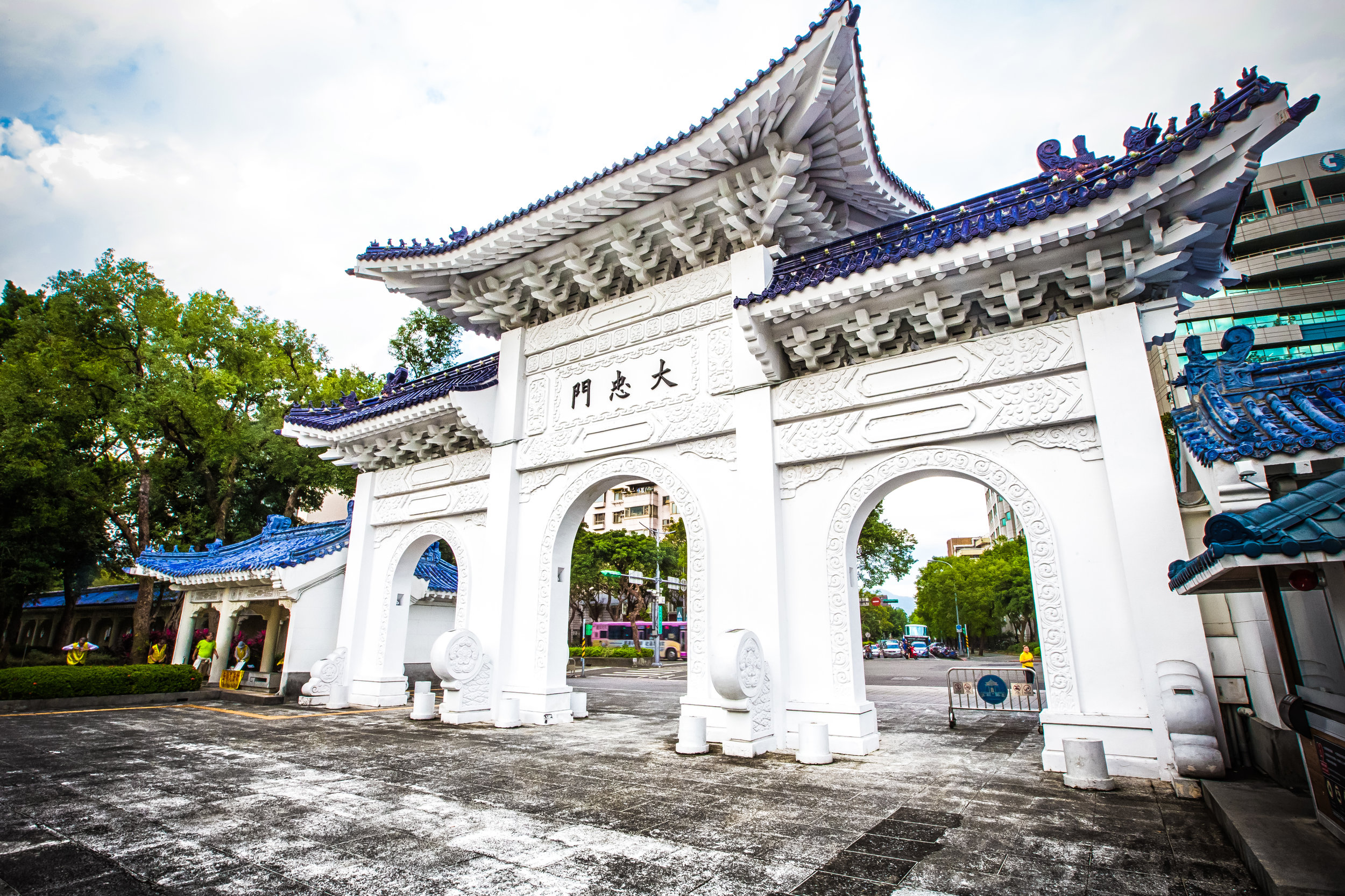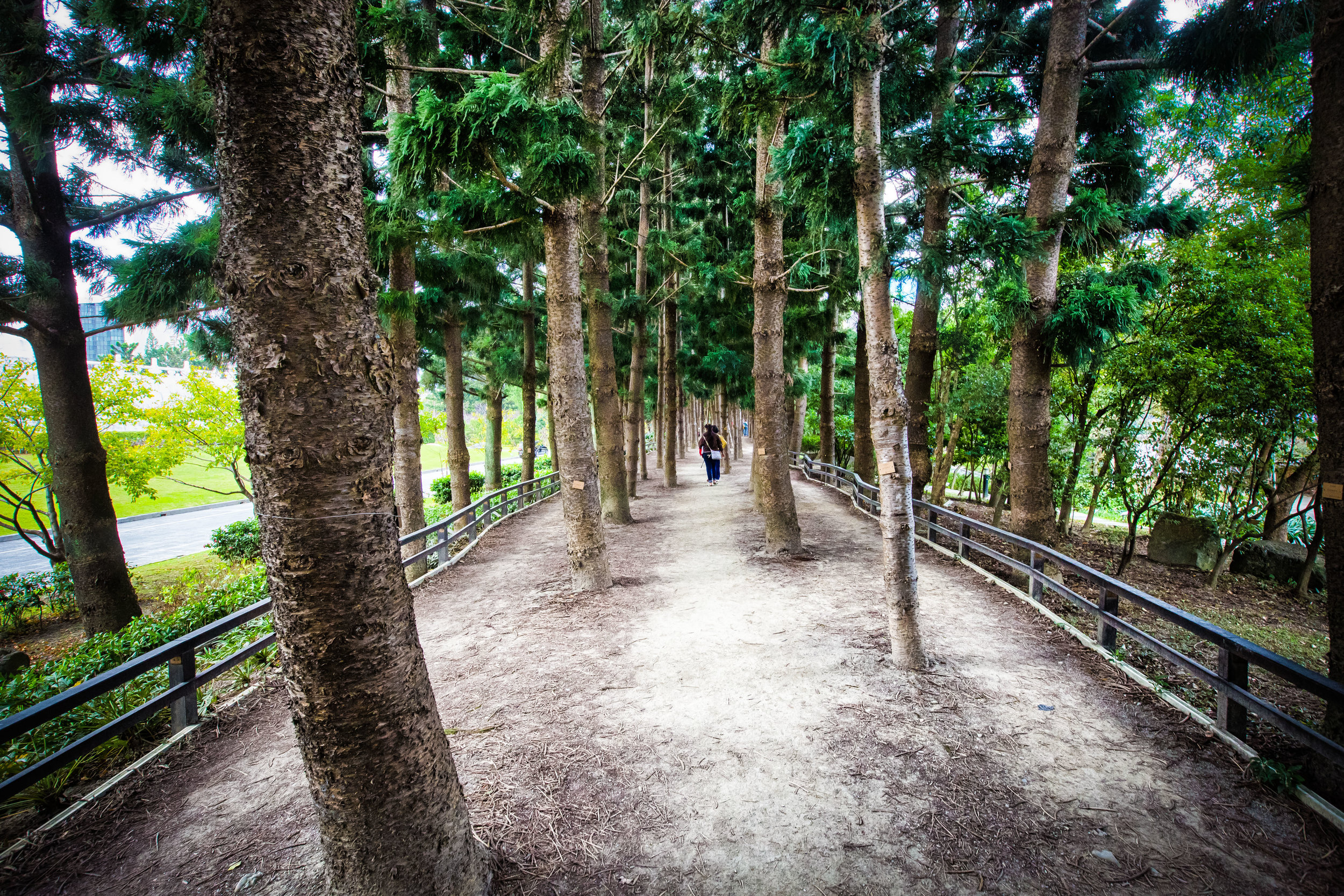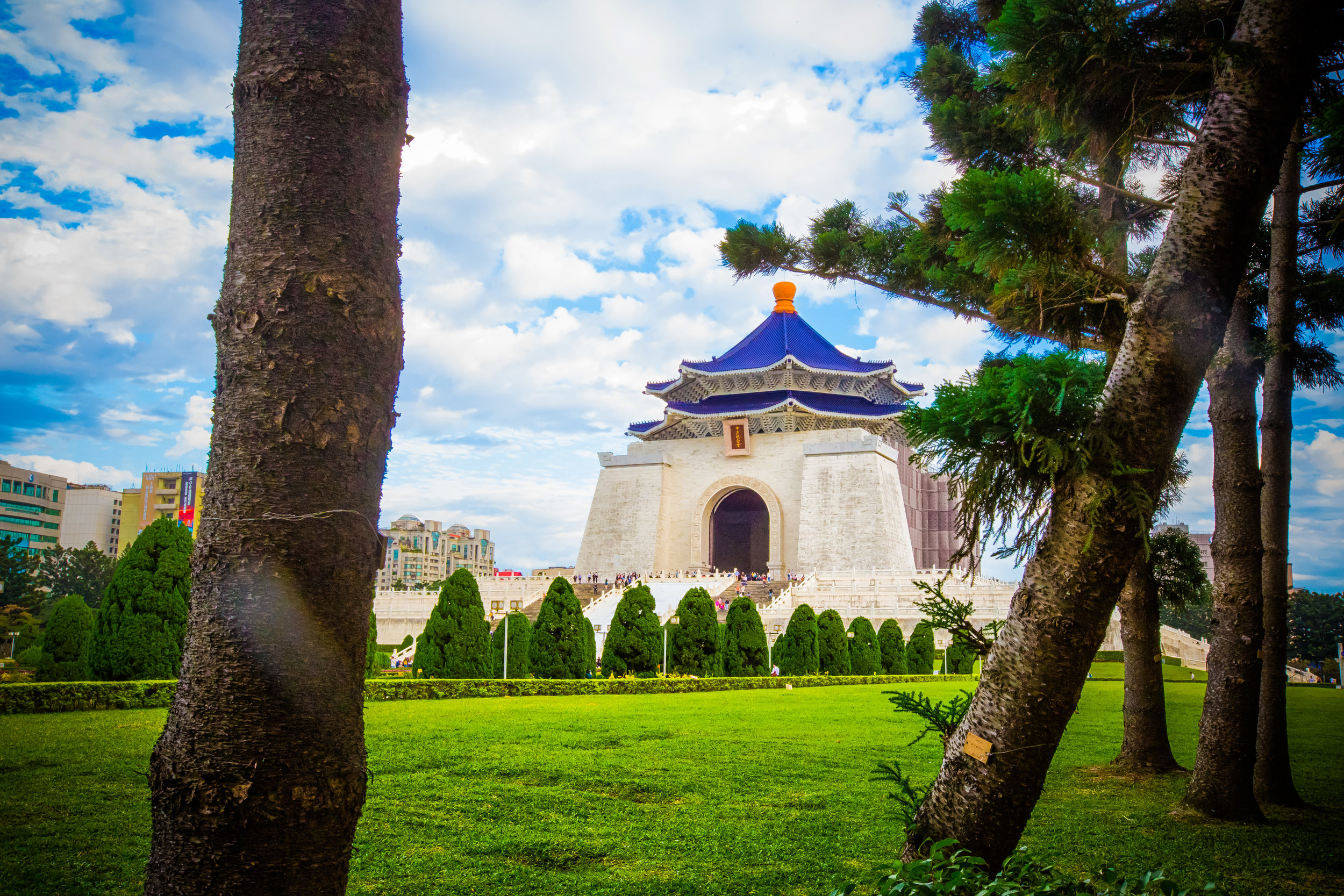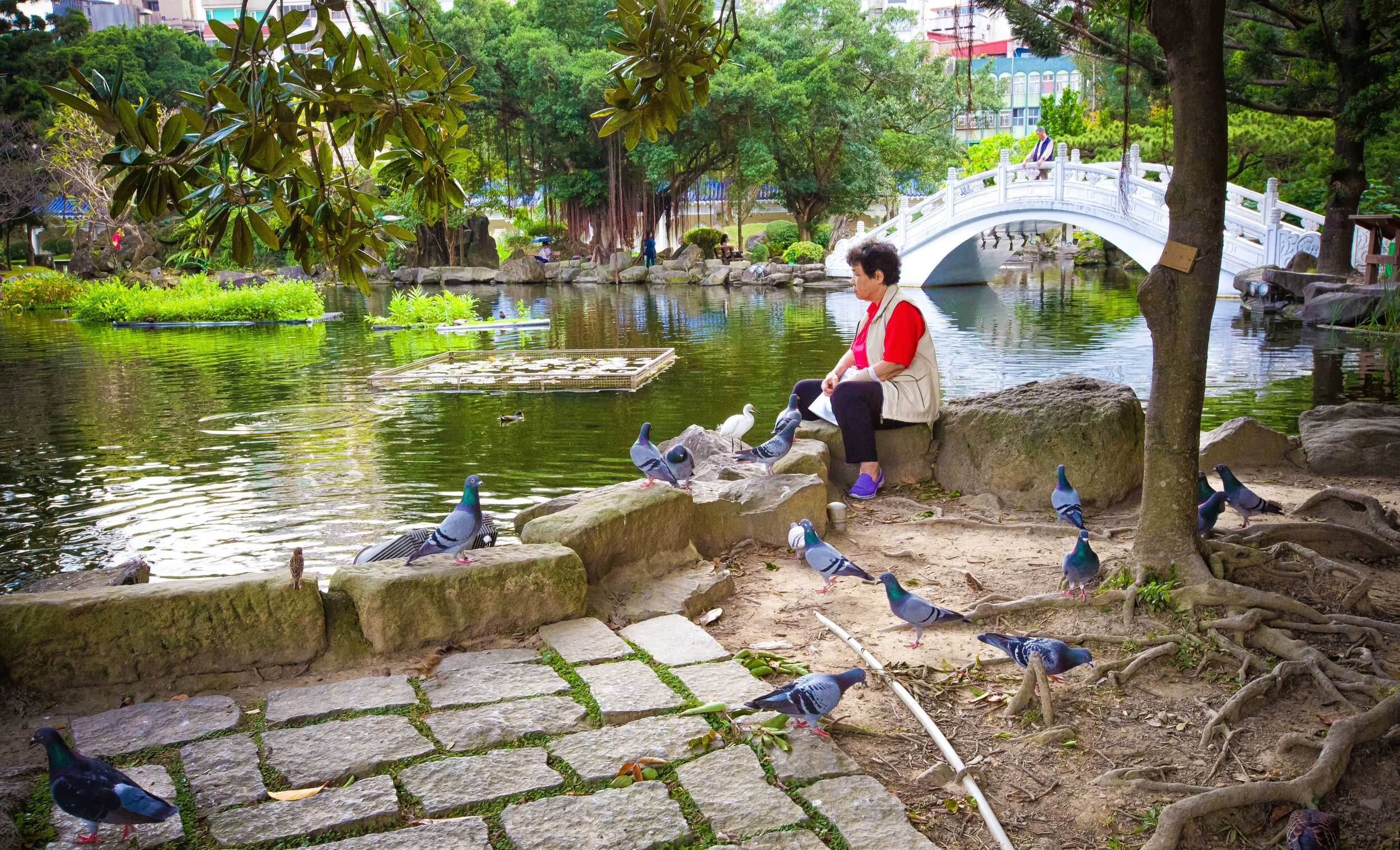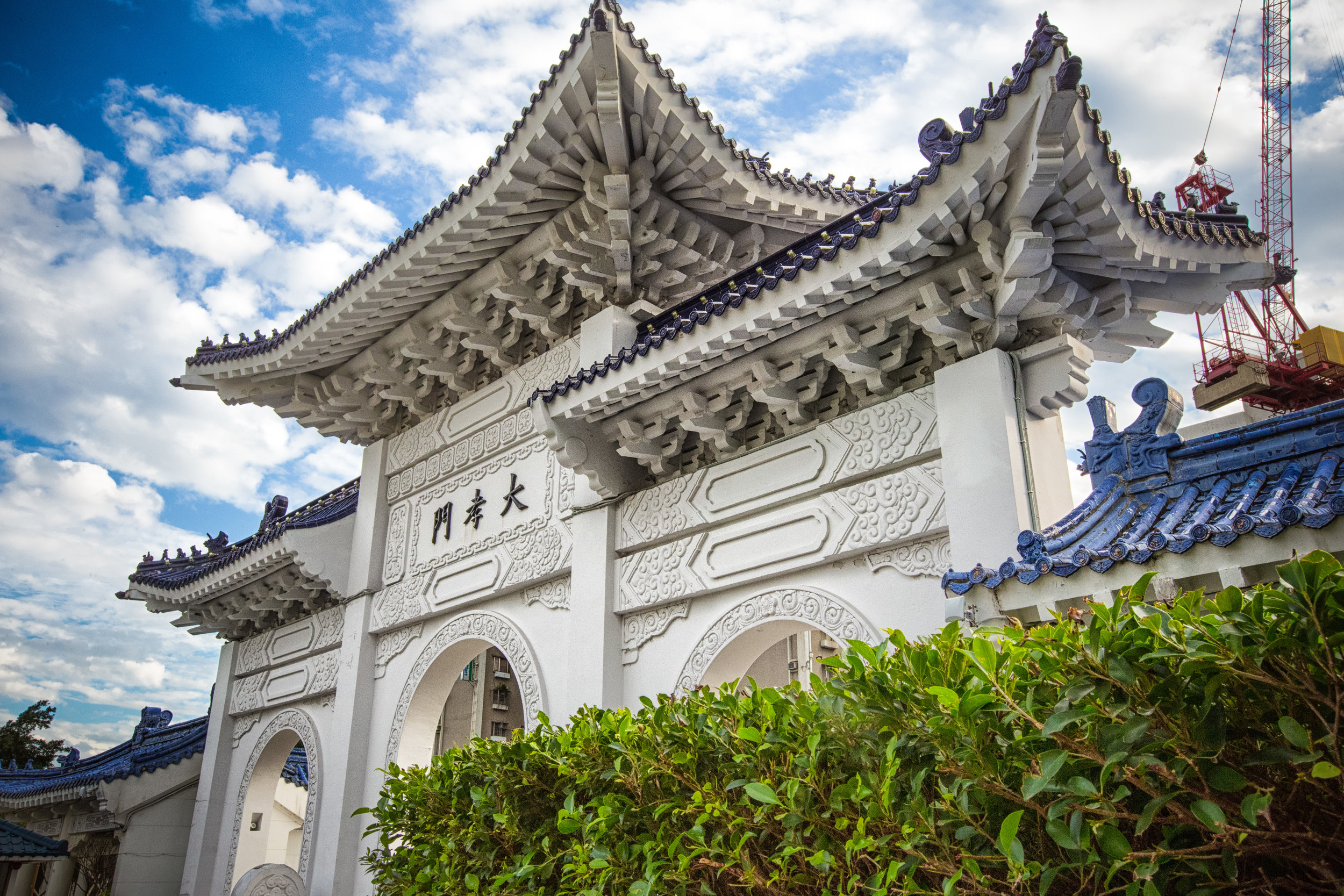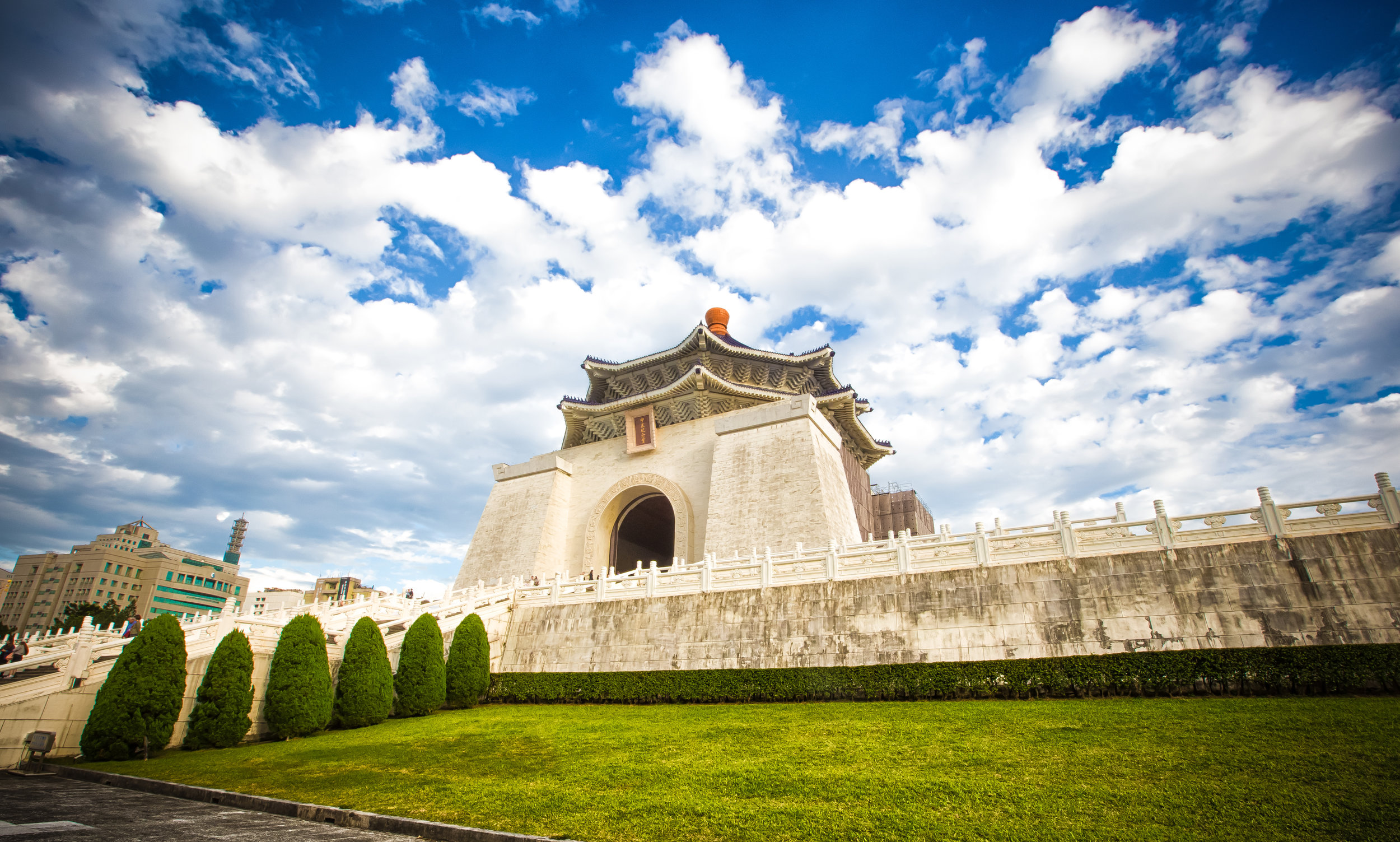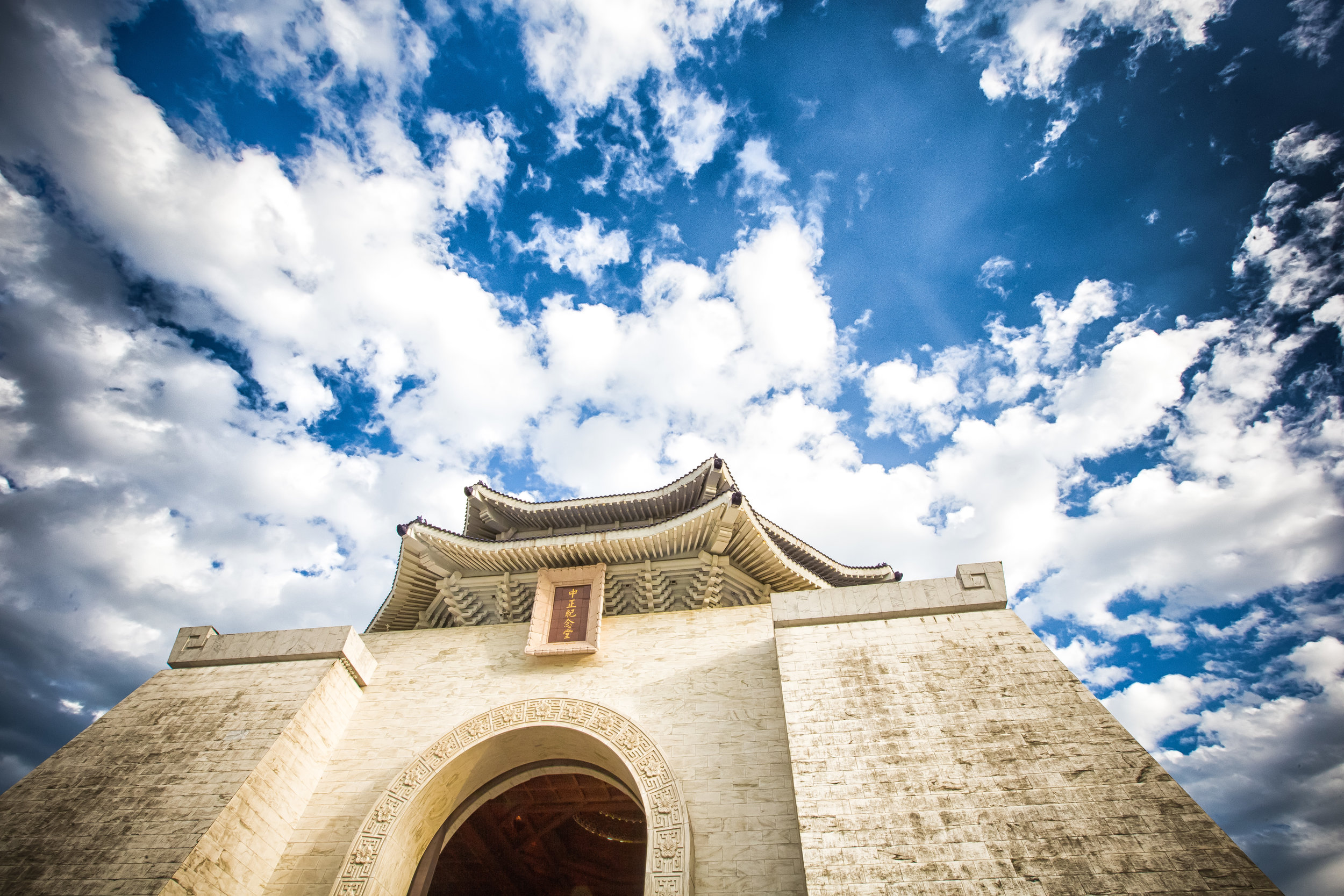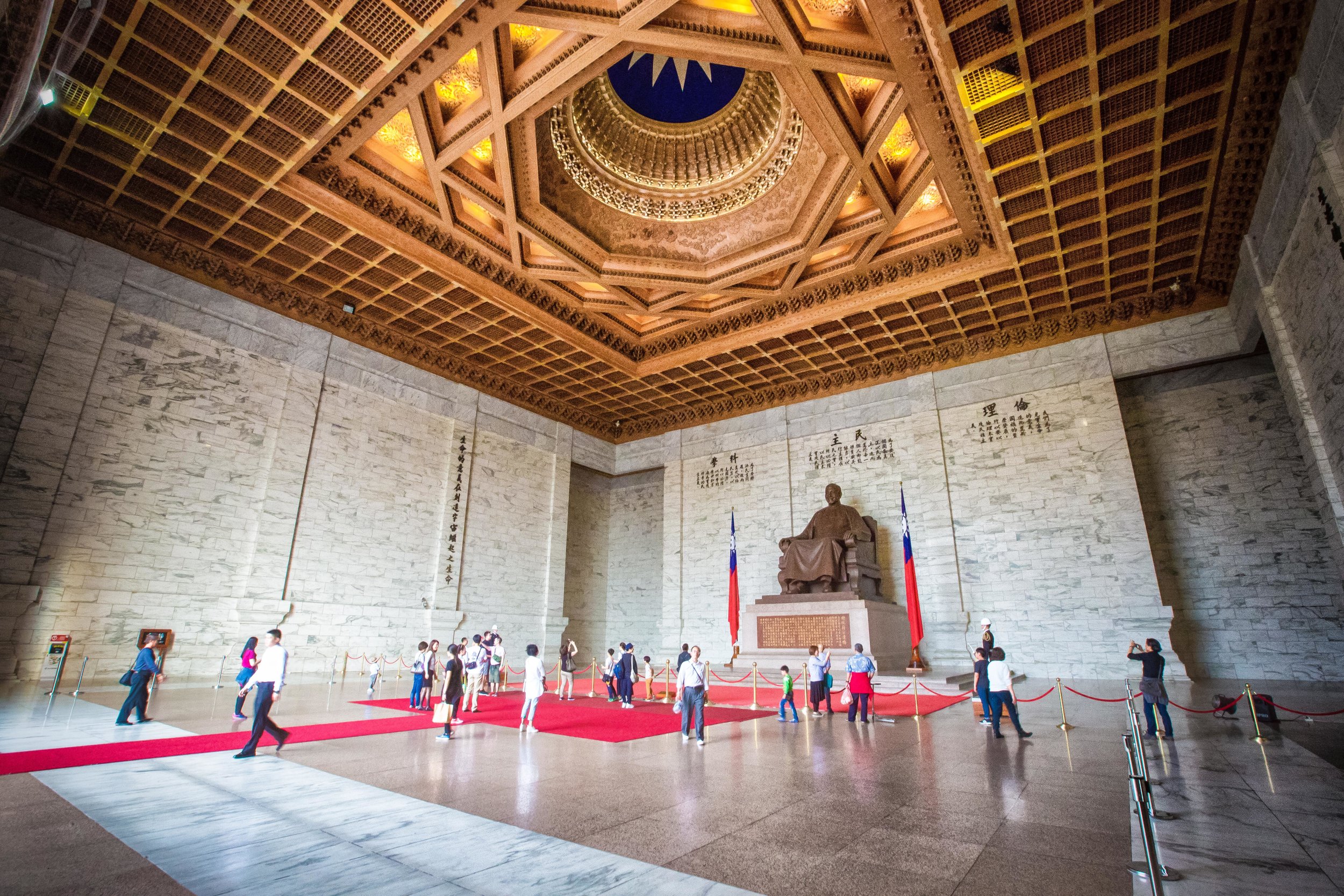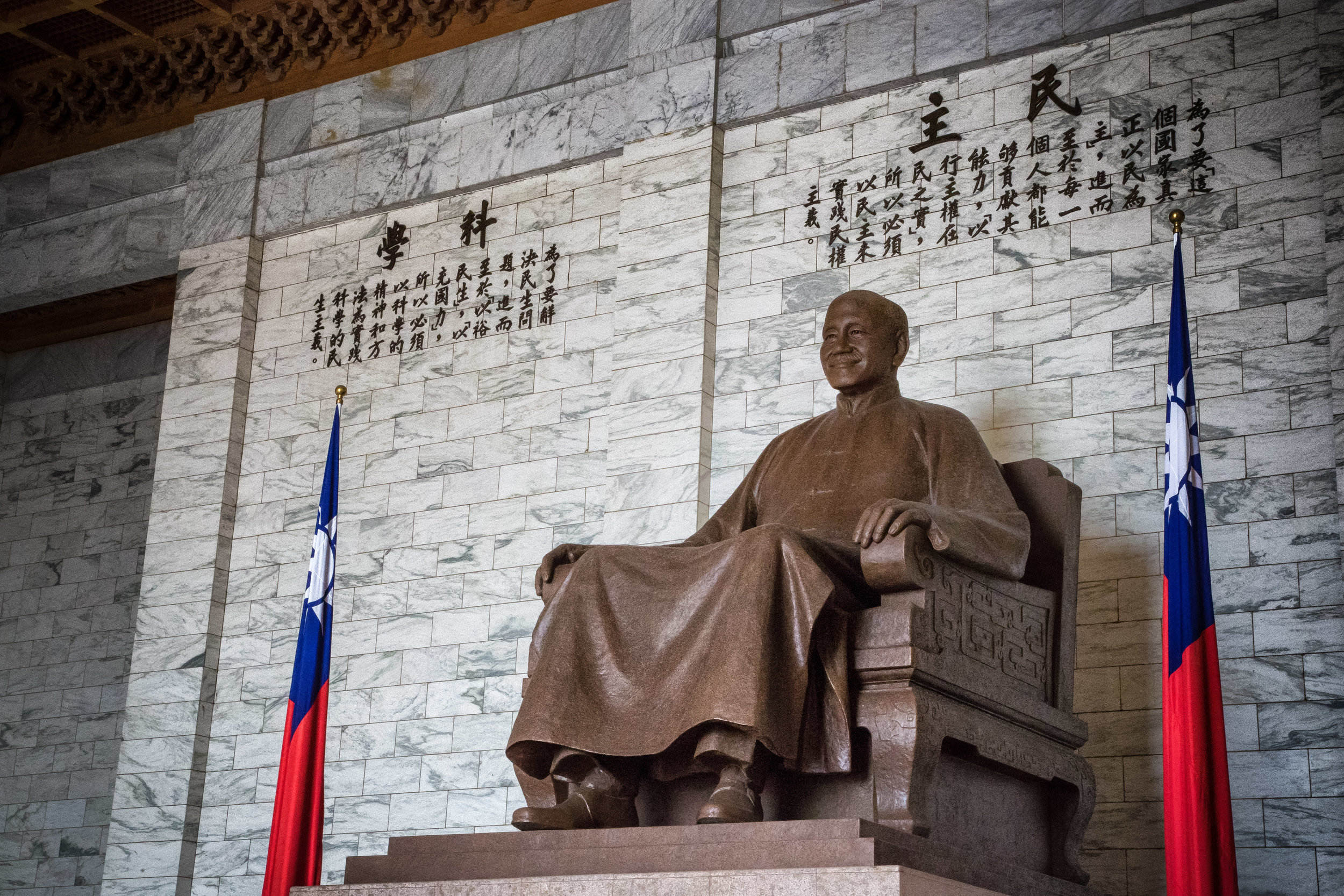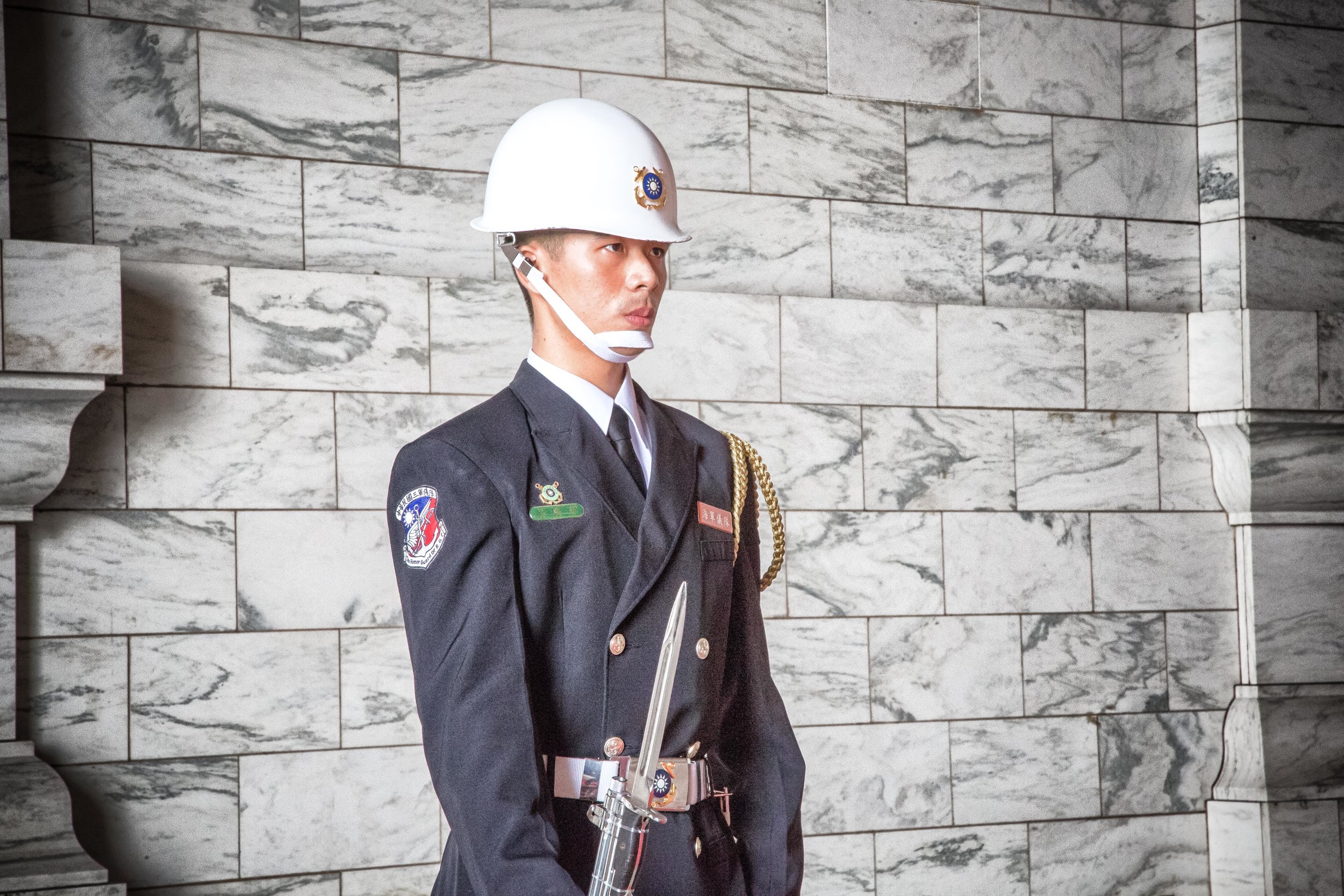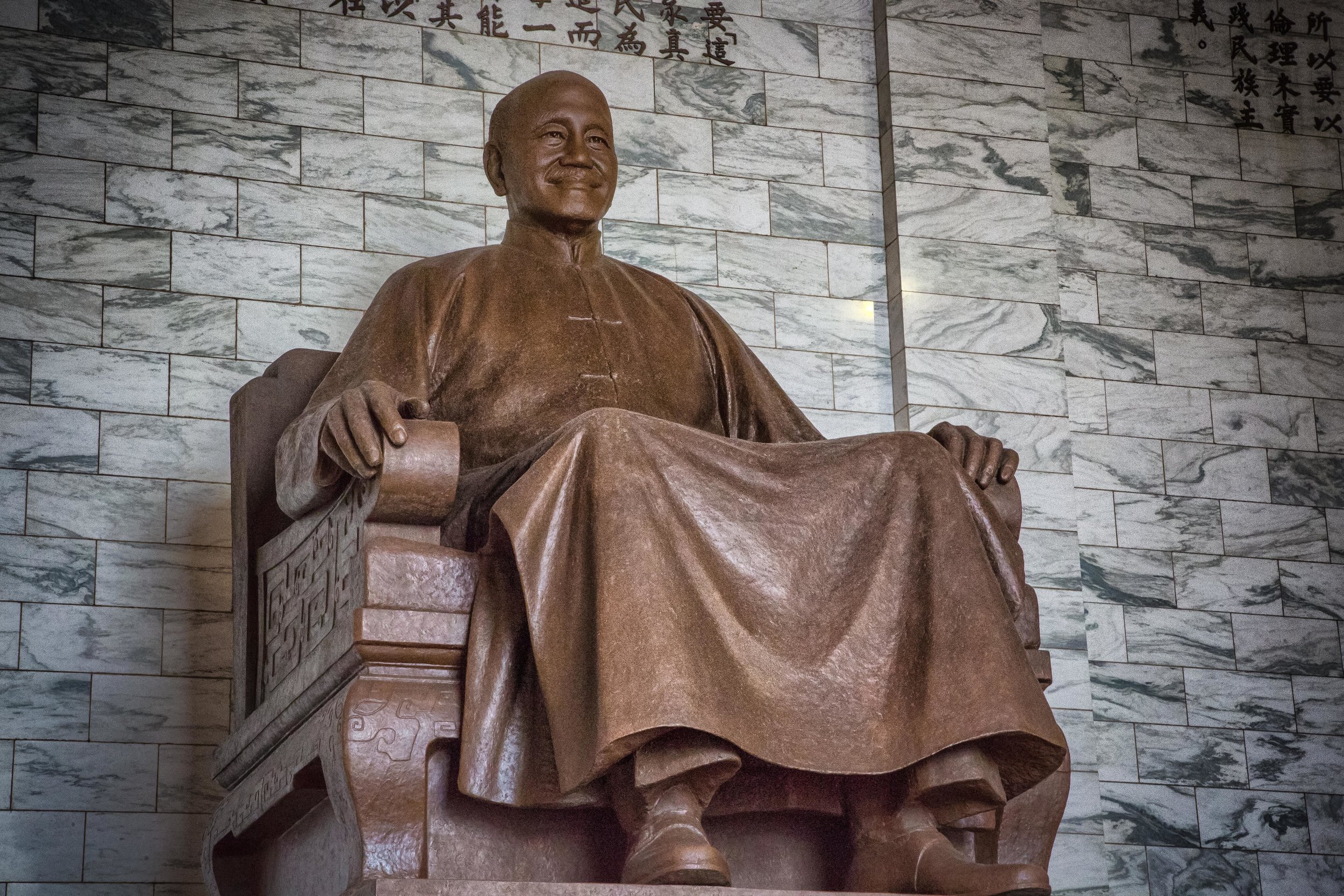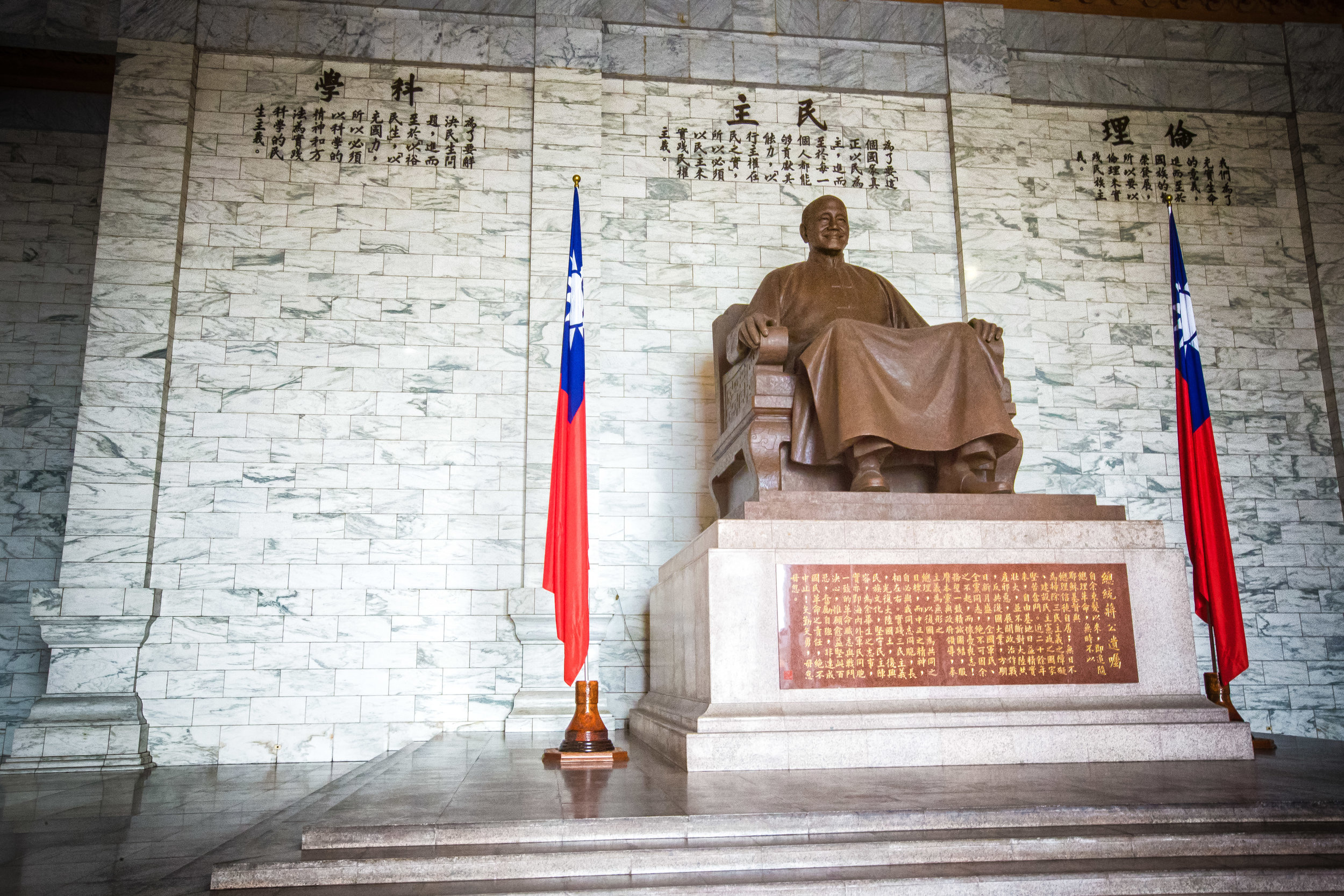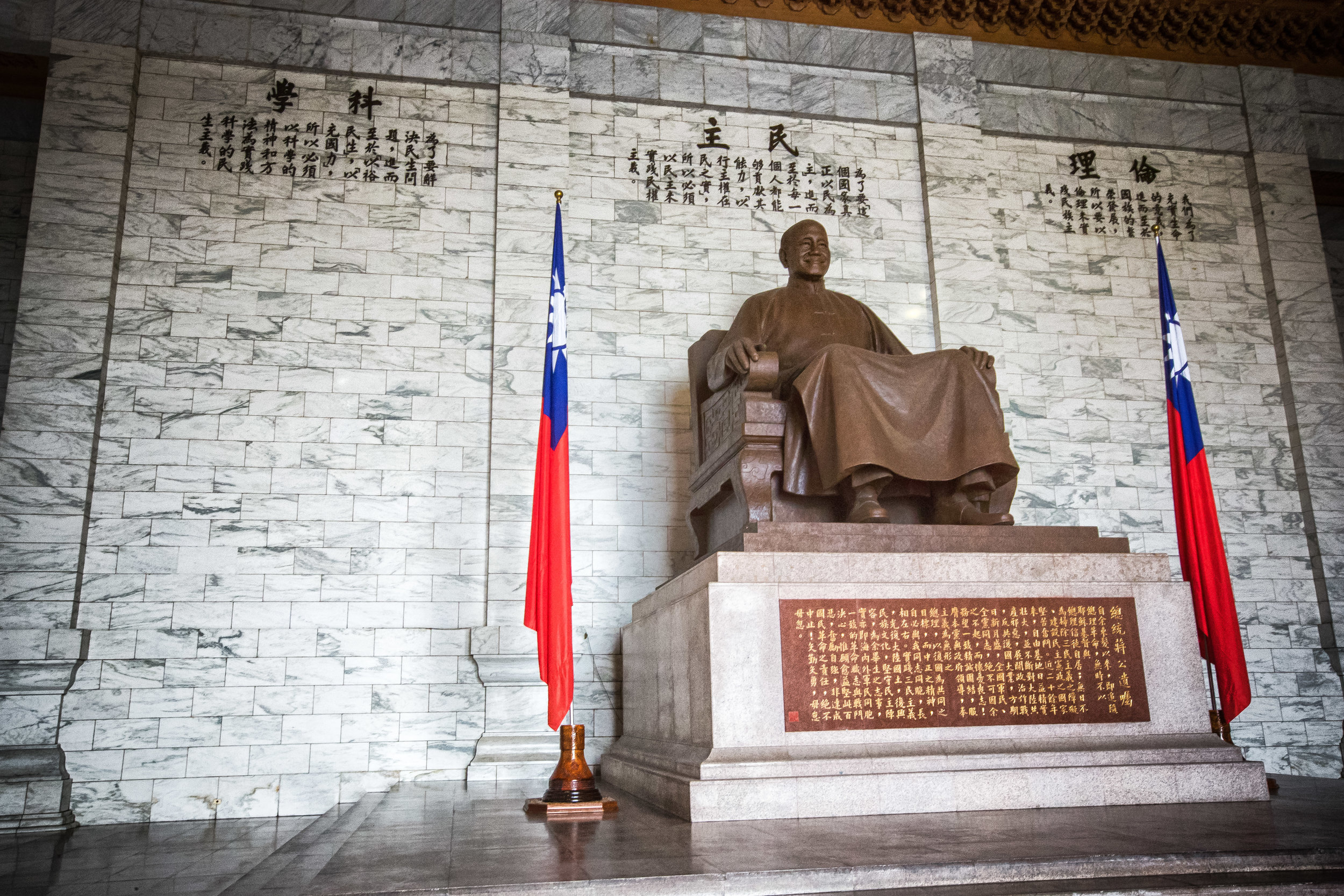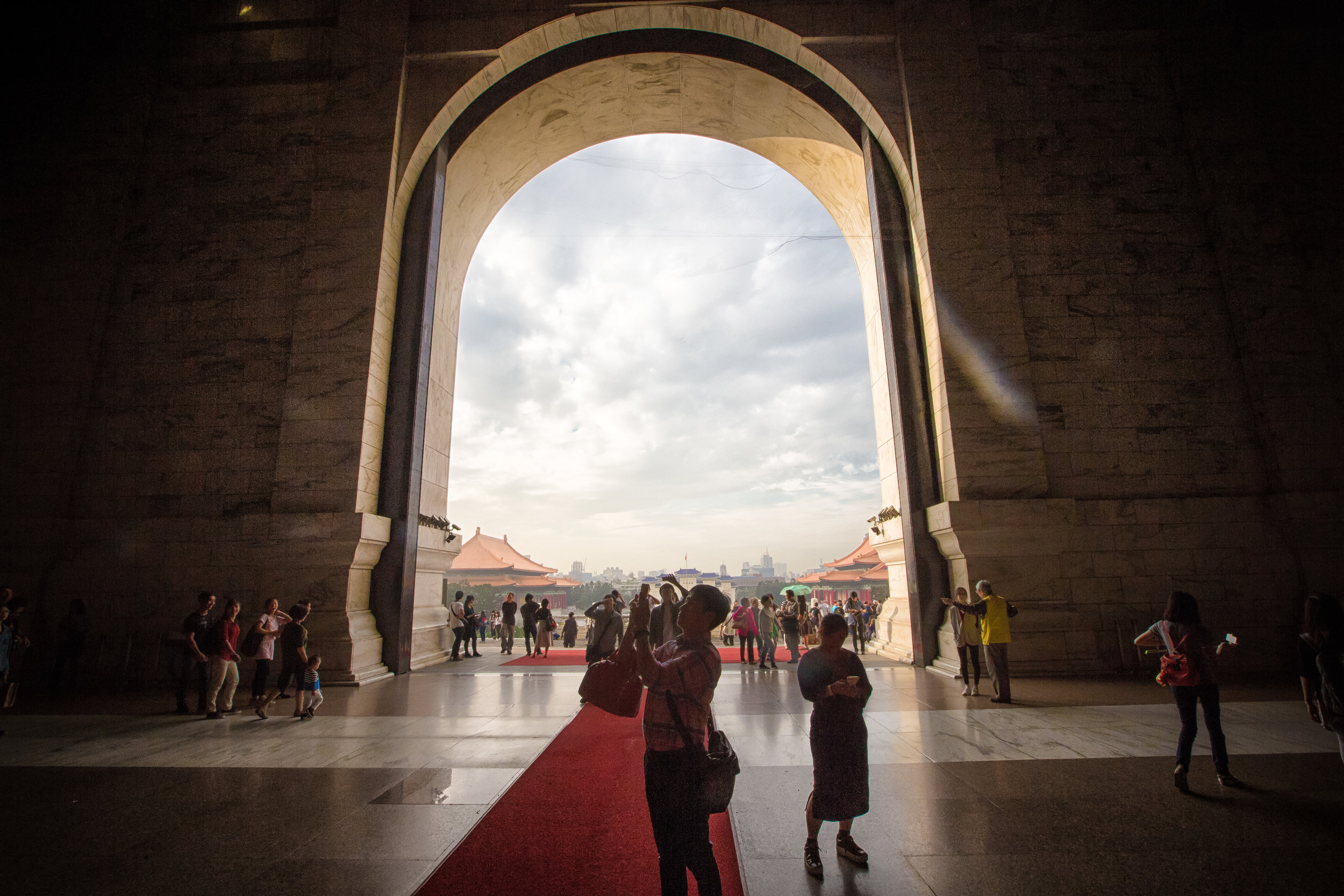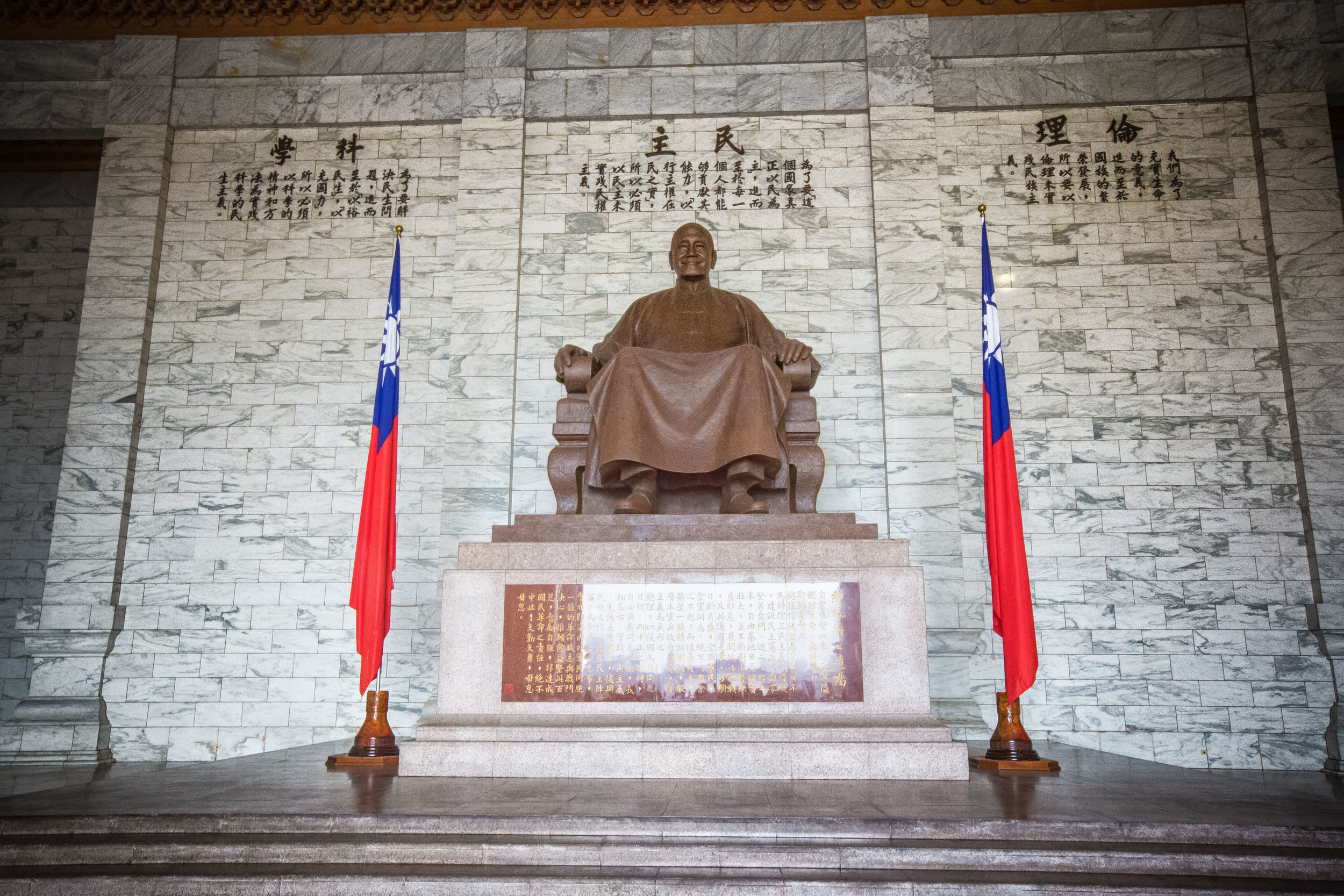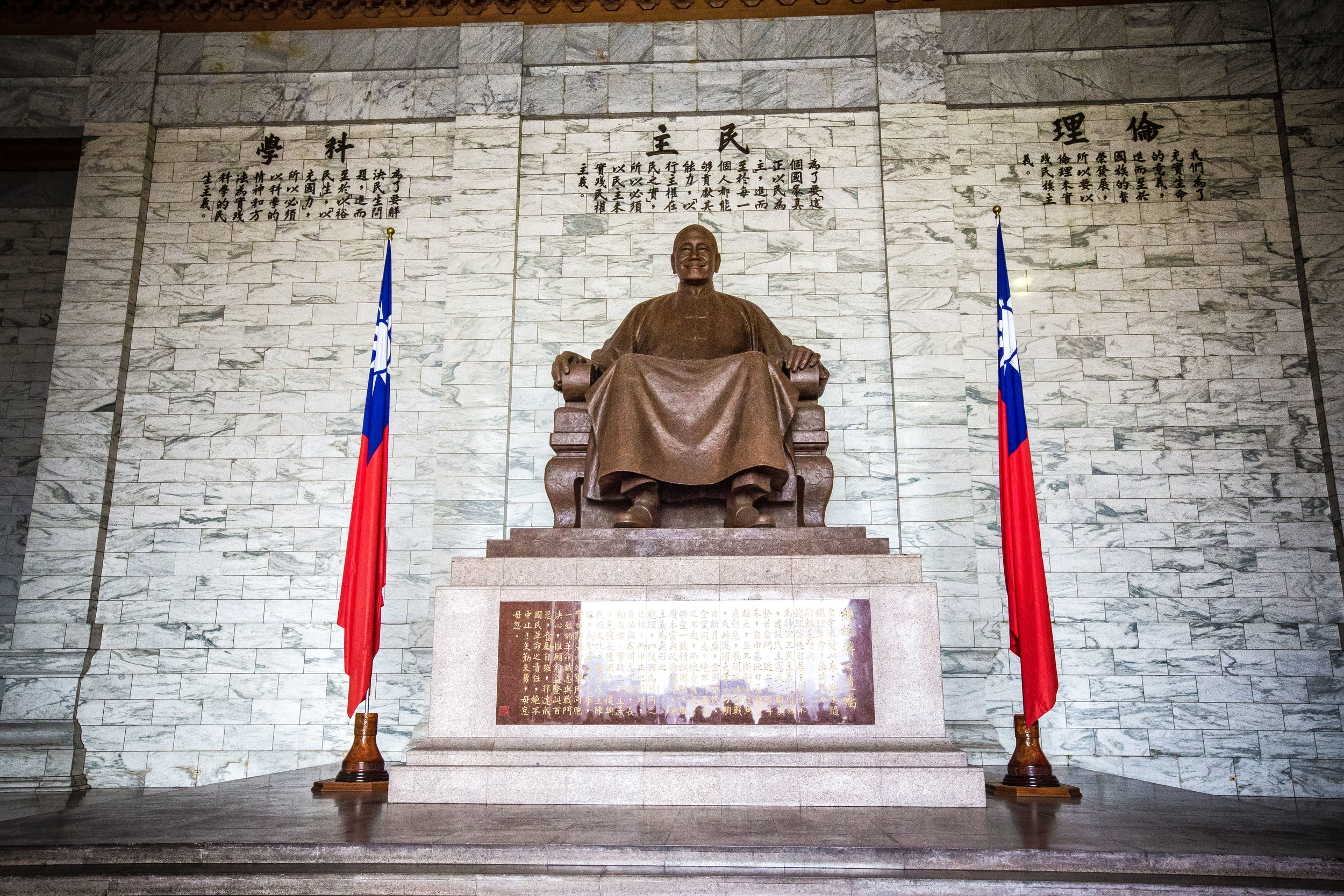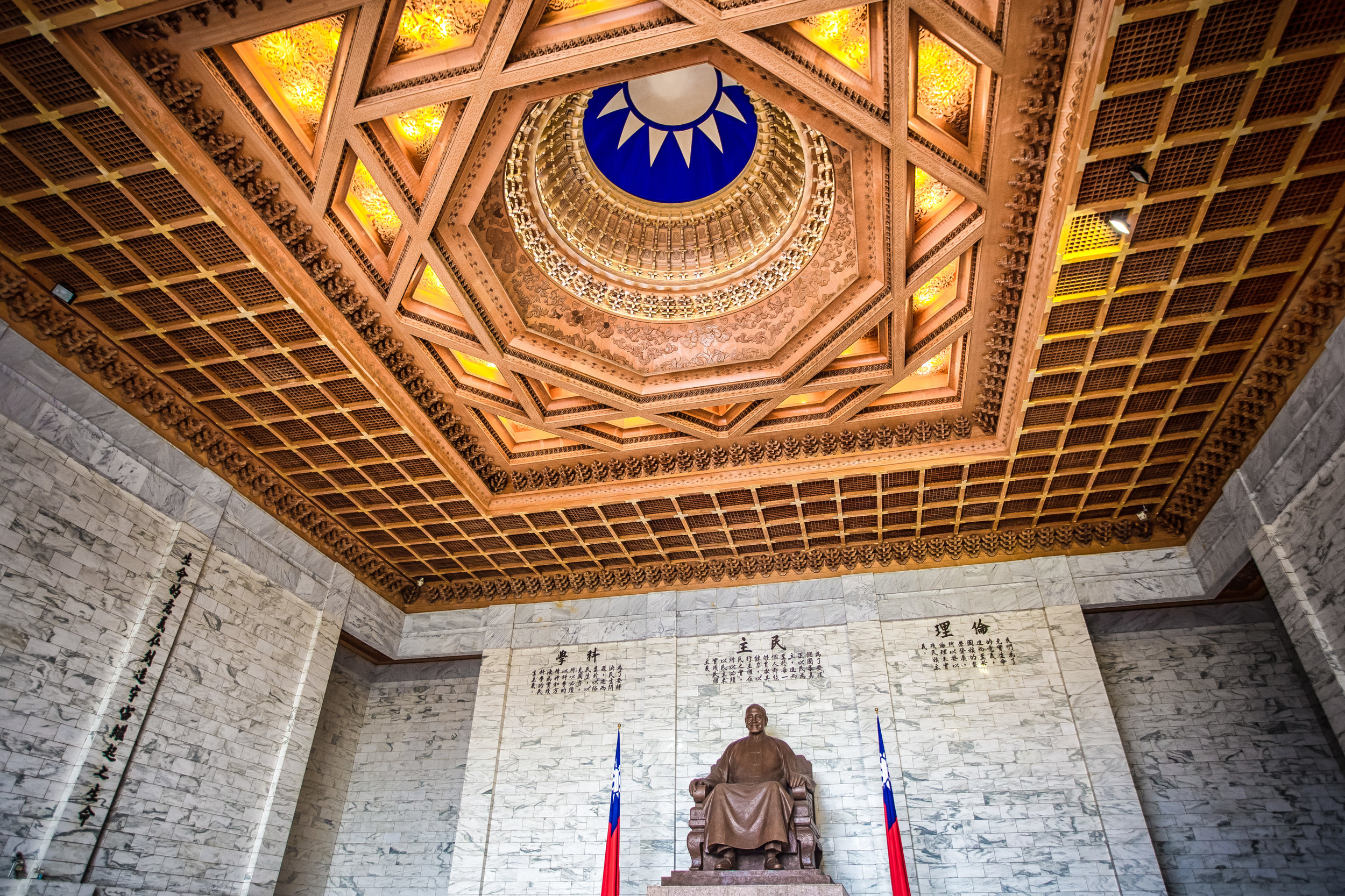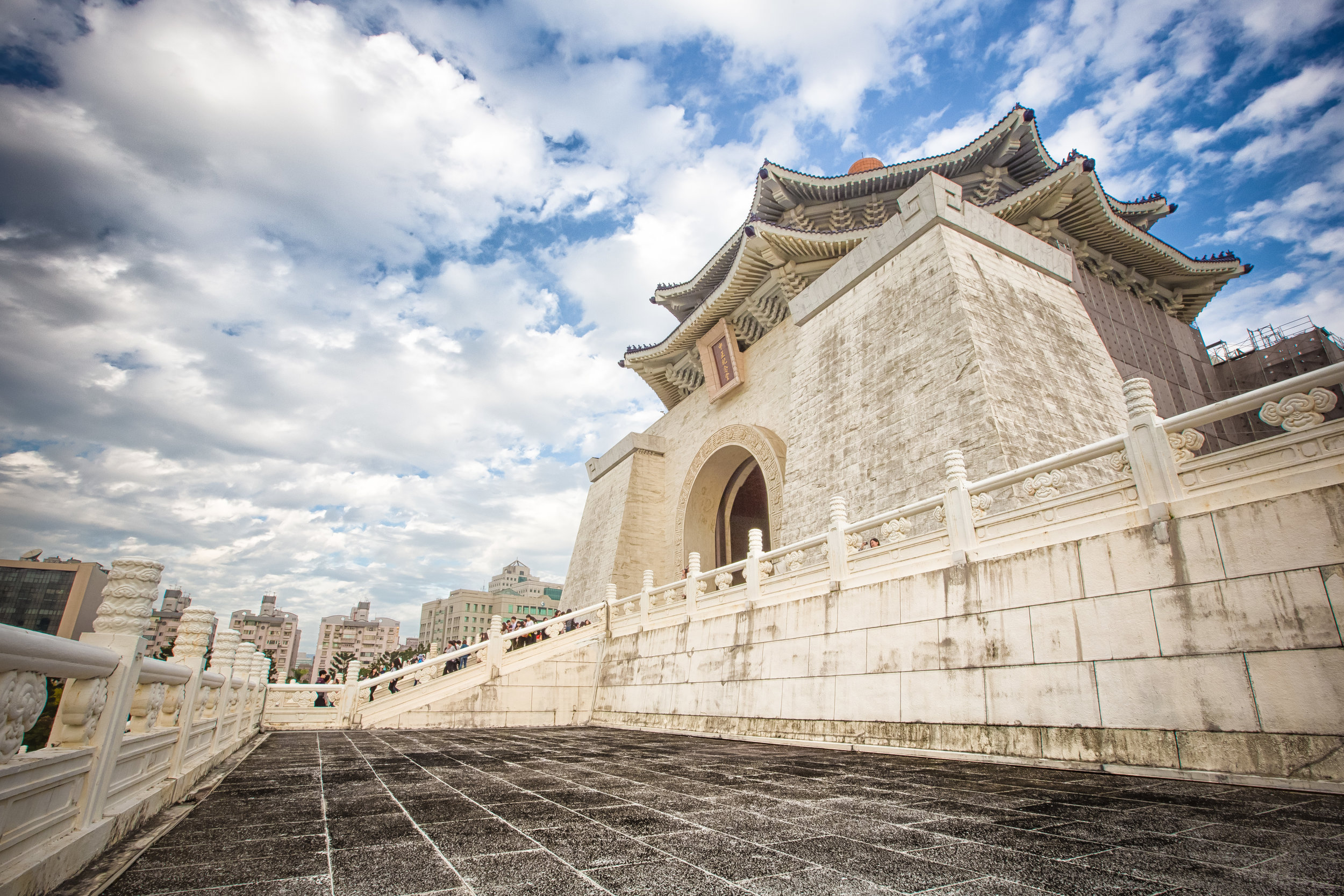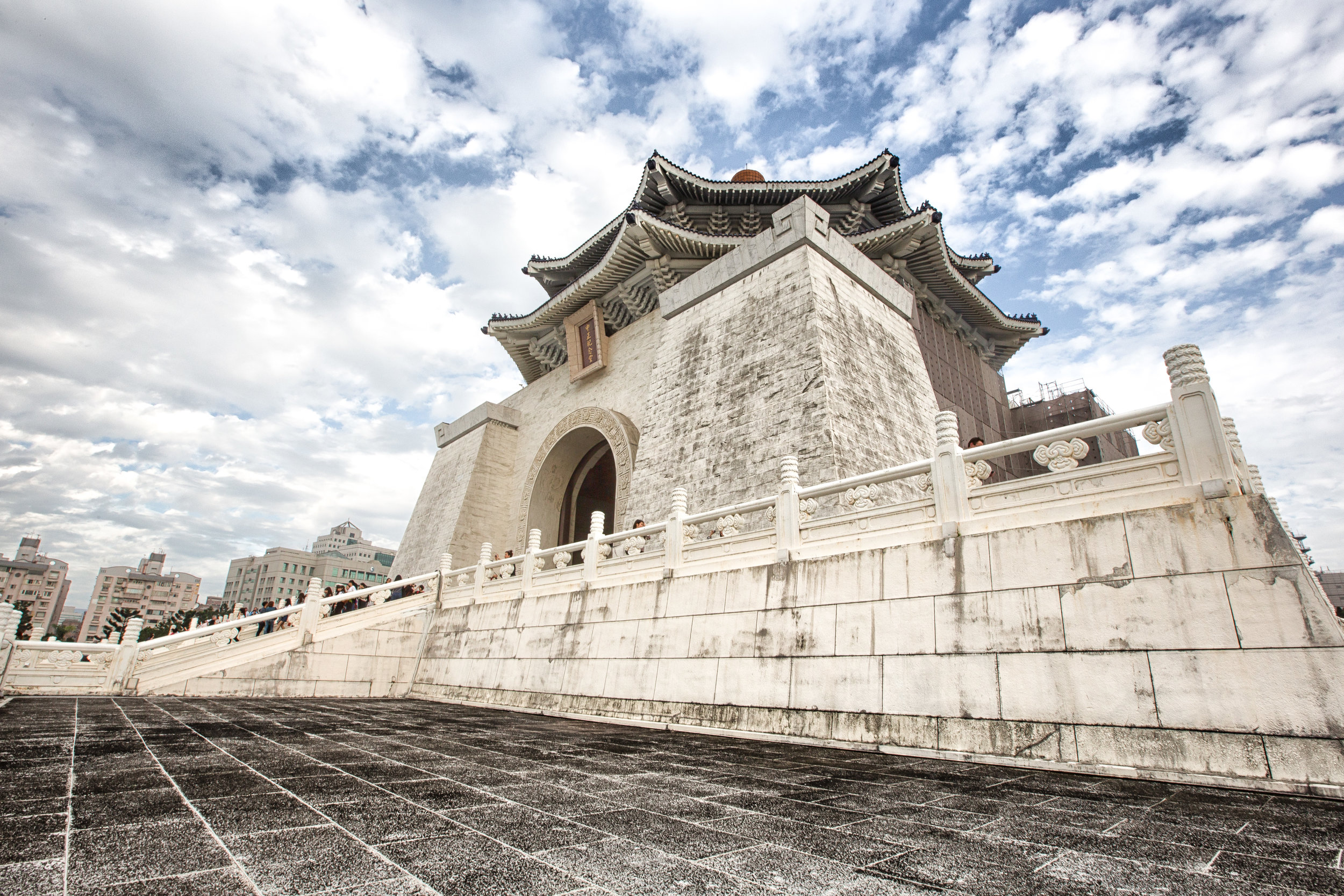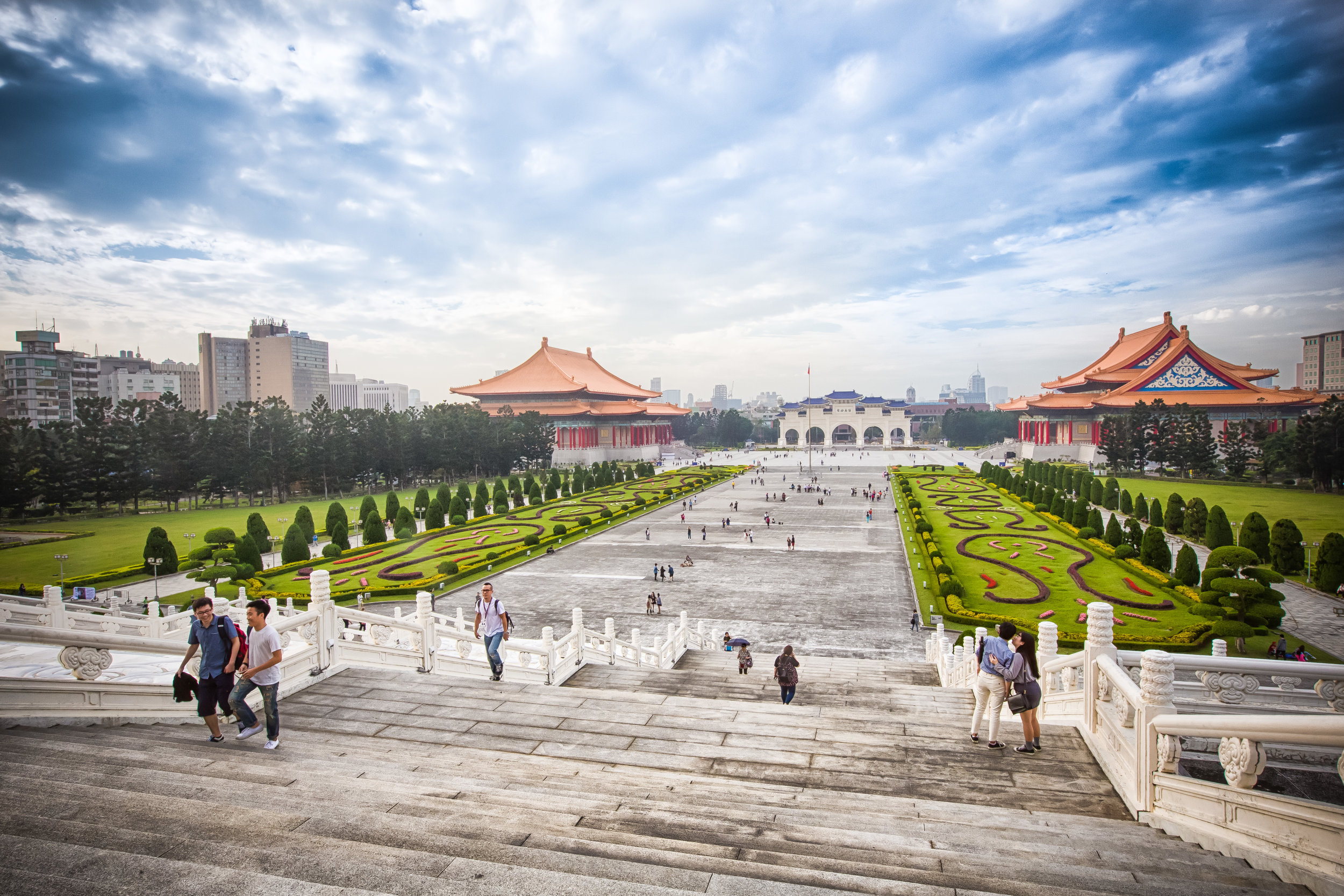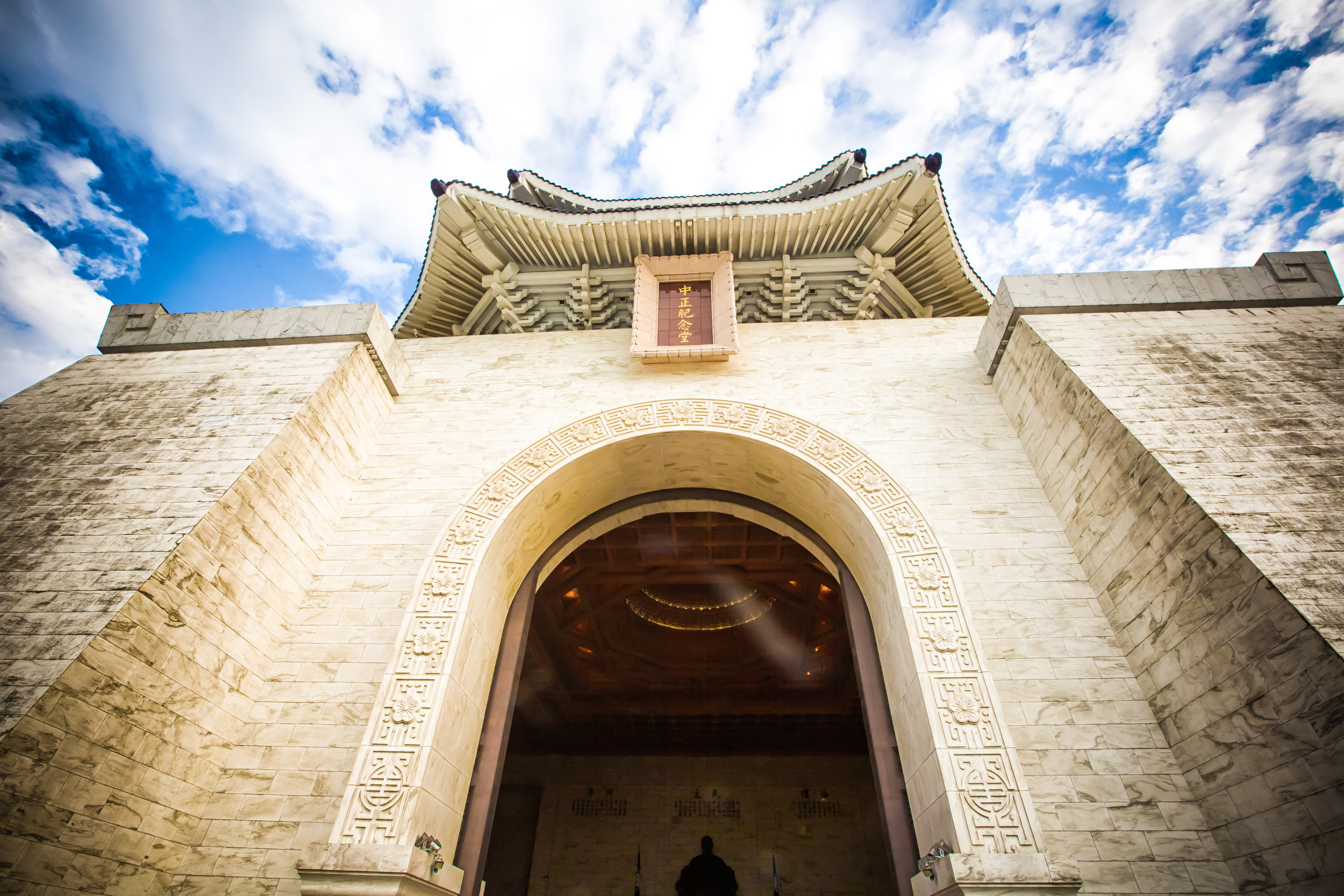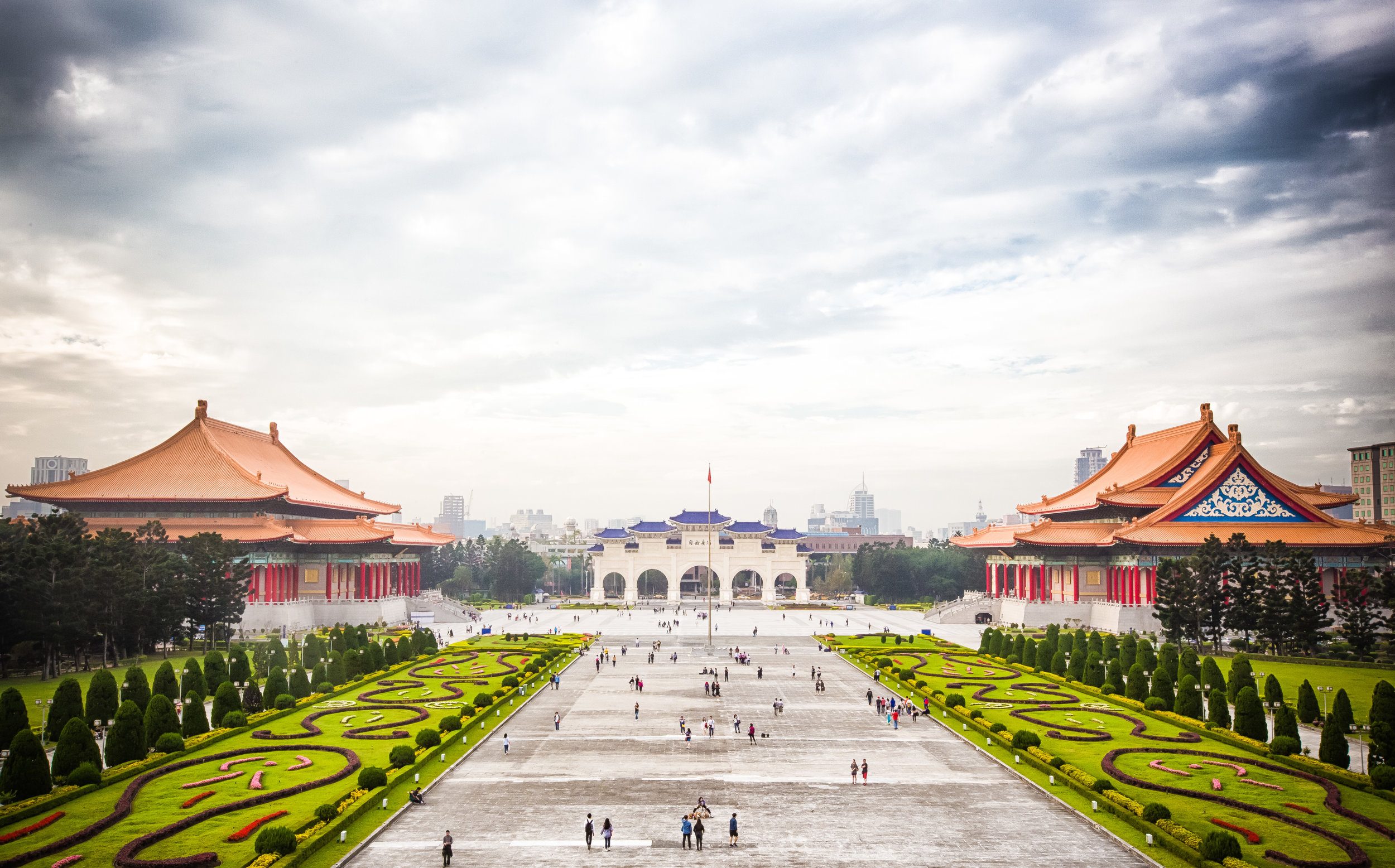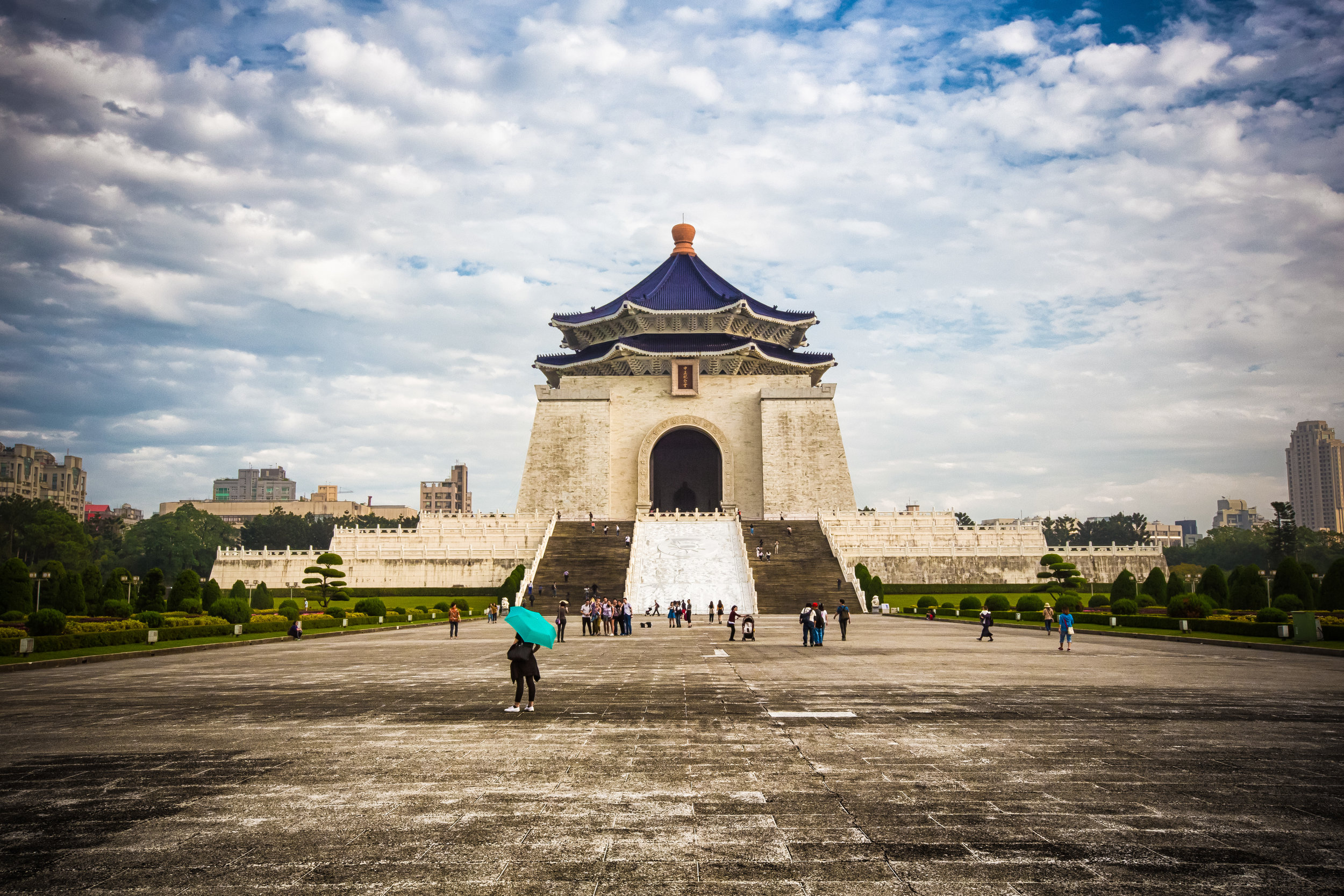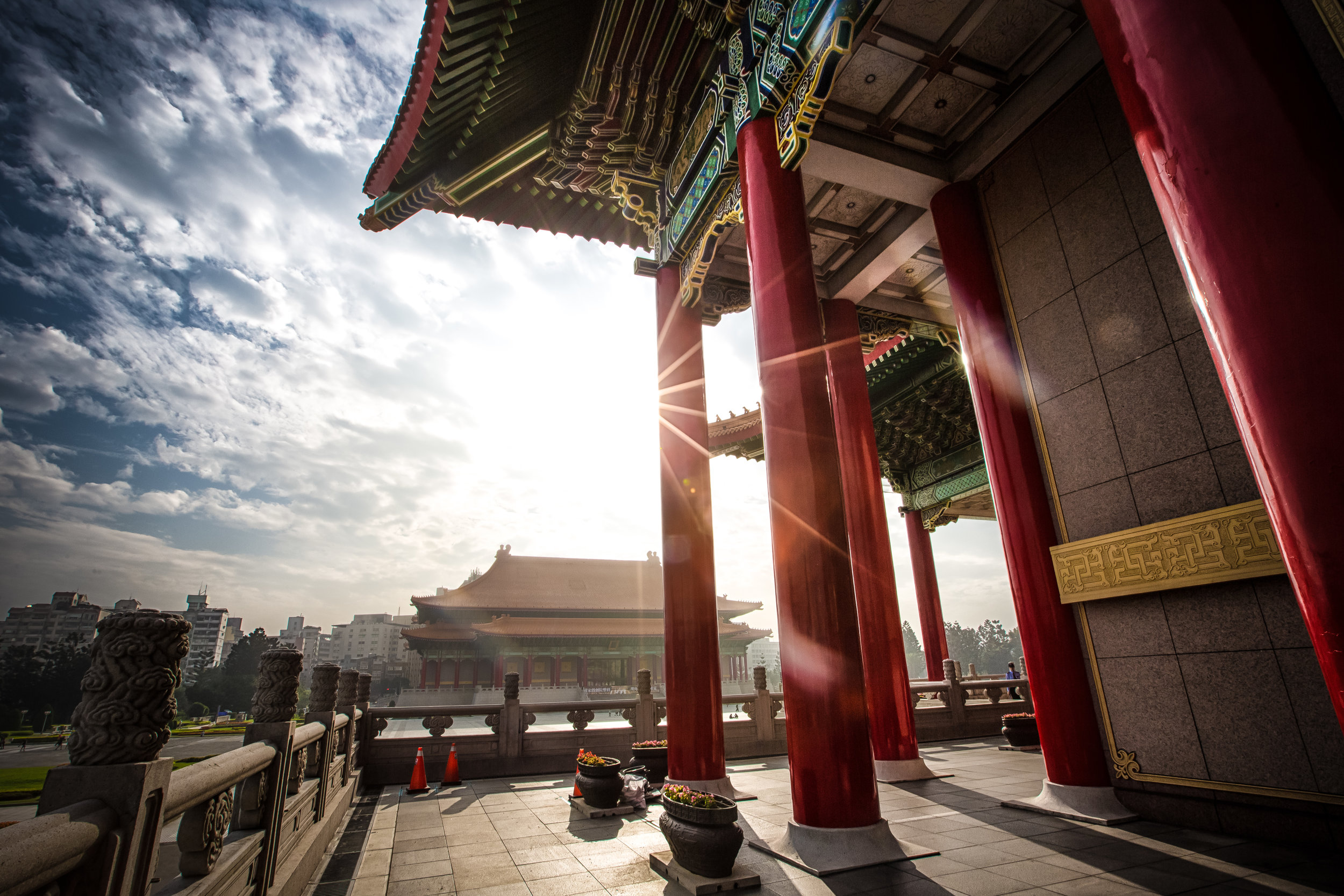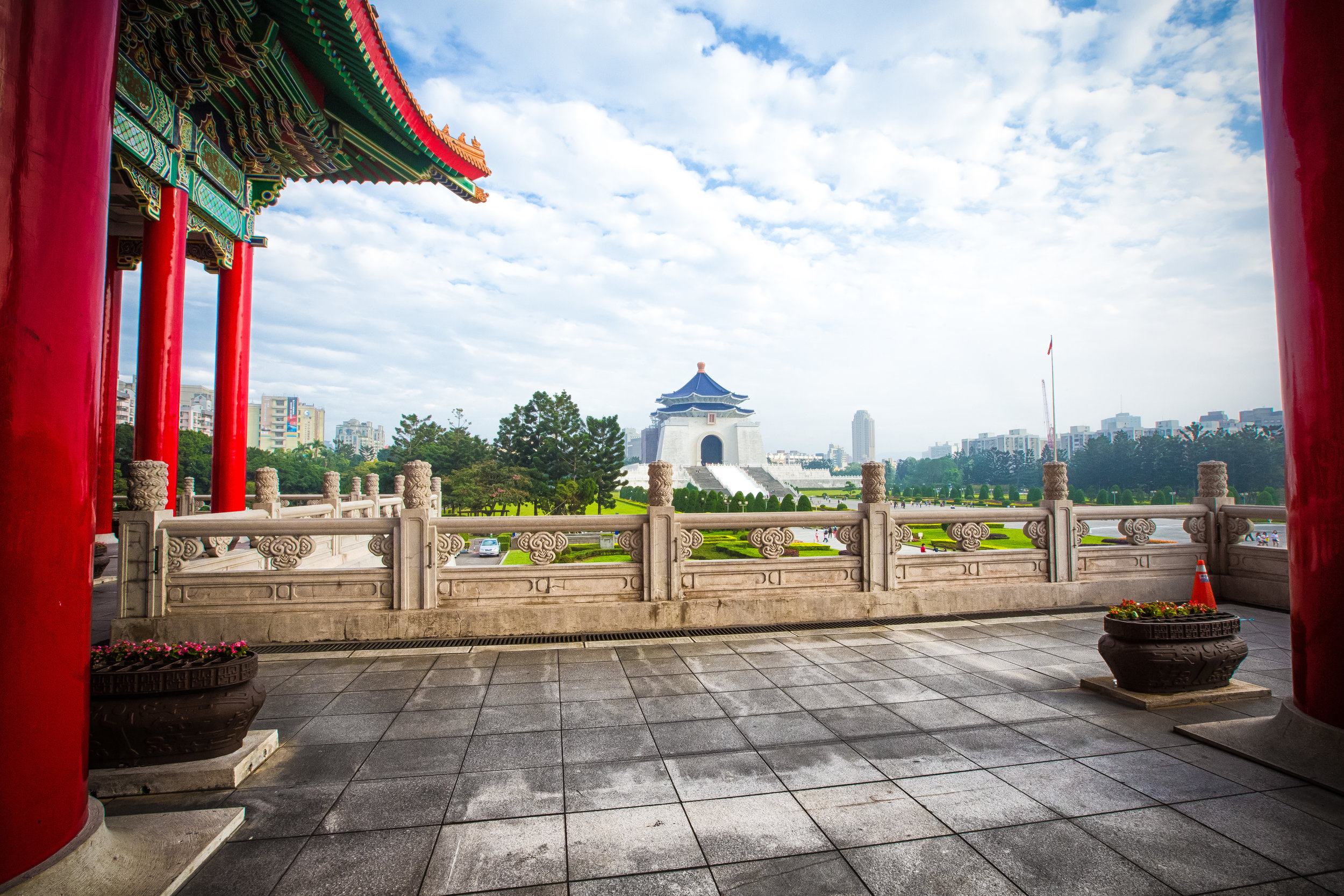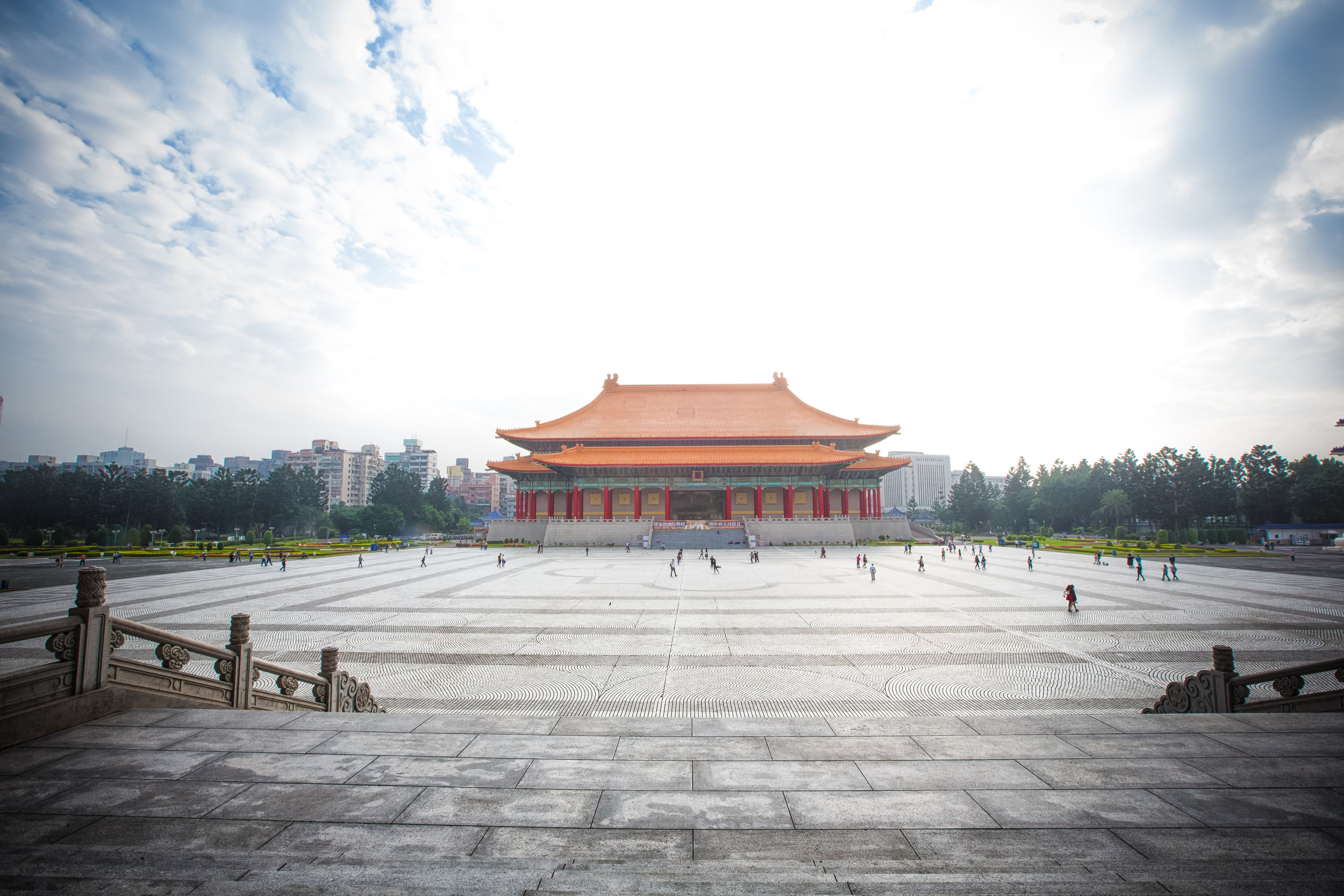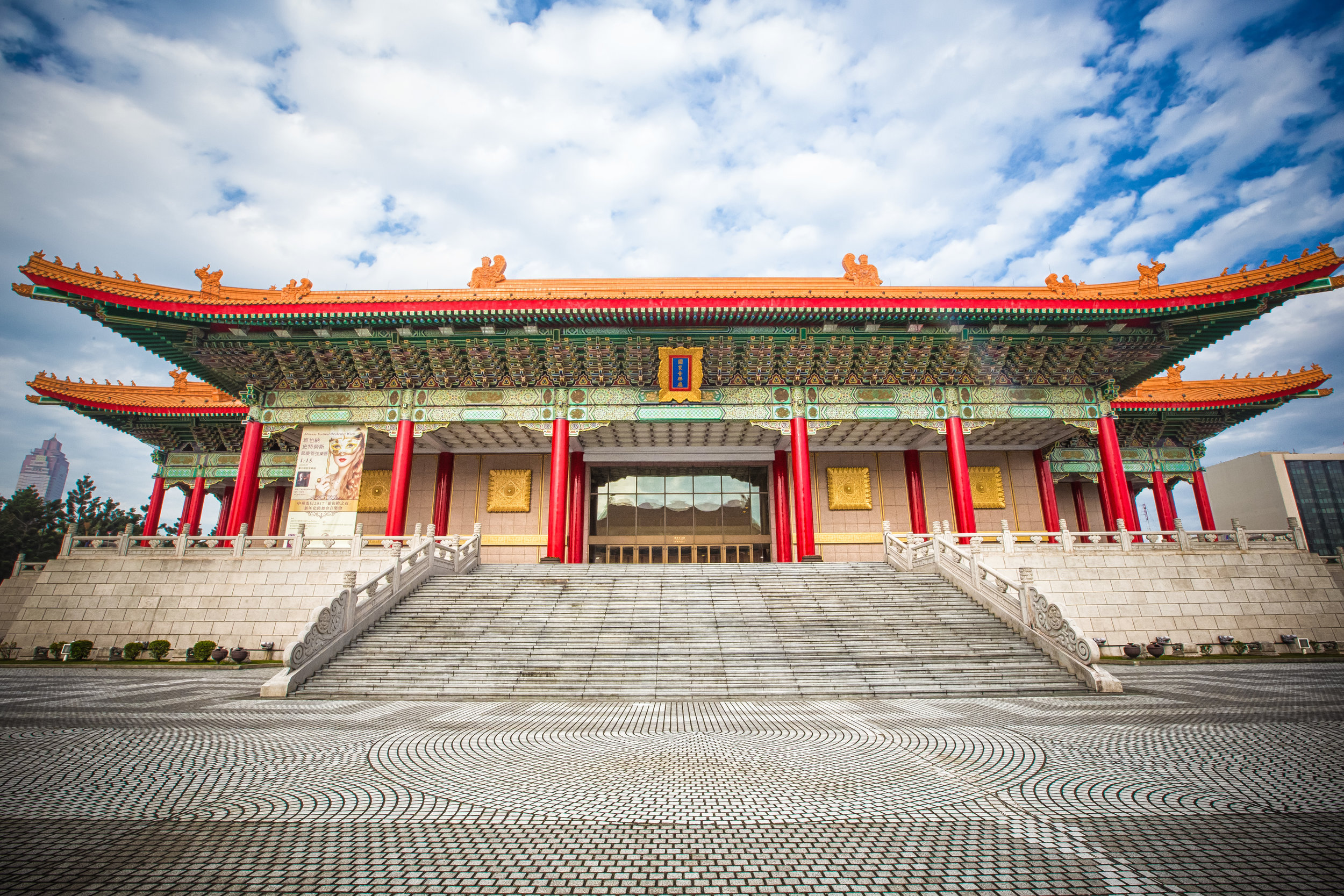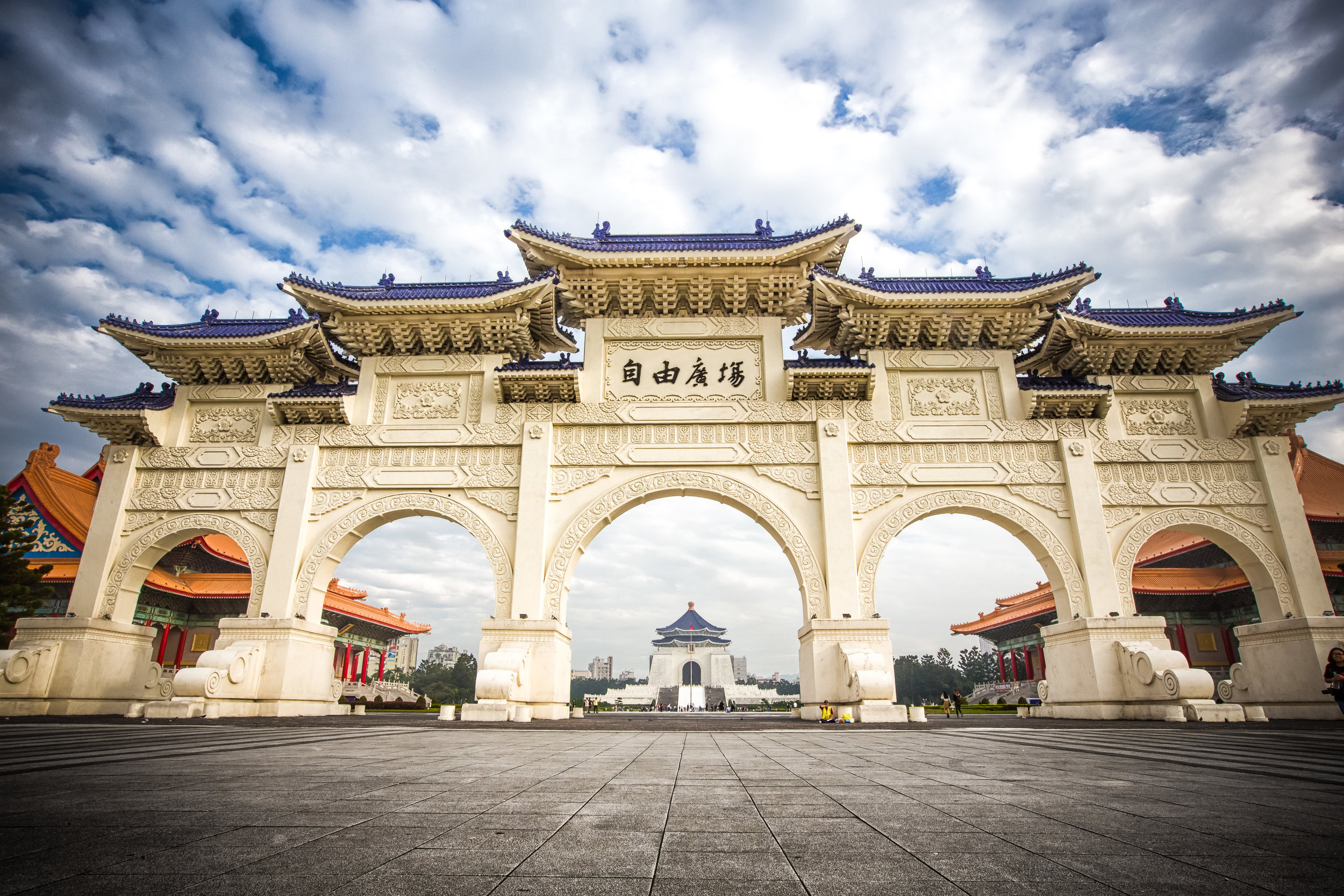For most tourists, an itinerary for a trip to Taiwan almost always includes stopping by one of the famous night markets, climbing a famous mountain, eating some famous dumplings and of course visiting one or more of the country’s famous places of worship.
This means that on any given day you’ll find just as many wide-eyed tourists at Taipei’s Longshan Temple than you will faithful locals - and there’s good reason for that. Taiwan’s temples are often the best preserved examples of traditional architecture in the country.
While it is easy for tourists to respect the beauty of Taiwan’s places of worship, its not likely that many of them actually understand much of anything is going on inside. Even though we may not understand everything that’s going on, its easy to realize that everything you see inside a temple has a purpose and nothing is out of place - Every mural, every Chinese character, every dragon or phoenix on the roof, etc. It all has a purpose and follows a strict code of design dictated by thousands of years of tradition.
Religion in Taiwan brilliantly mixes Taoism, Buddhism and local folk religion into an experience that is uniquely Taiwanese.
Even though the three different philosophies vary considerably in practice, they are still able to mix together peacefully. This means that in almost every temple in the country you’ll encounter a pantheon of gods and goddesses living in harmony under one roof.
The religious experience though is not entirely as hippy-like as it sounds - There are some aspects that can really freak people out. This is a feeling that actually isn’t exclusive to tourists as many young and uninitiated locals often also have the same wide-eyed look of confusion and disbelief about what they’re seeing in temples.
Take the “Pigs of God” festival for example - In several communities around Northern Taiwan you’ll find a religious festival that worships “God Pigs” (神豬), giant hogs that are over-fed for years only to be slaughtered and put on gruesome display as an offering to the gods.
Likewise, the Spirit Medium’s (乩童) that you’ll find at most temple festivals put themselves in a trance in order to become ‘possessed by a god’ and then self-flagellate until their body is bleeding profusely. There’s also the role of a “Ji-Gong” (濟公) who performs a similar task but instead of using weapons to cause self-harm, they drink copious amounts of rice wine until drunk enough that they’re able to speak for the gods.
When it comes to the deities being worshipped, there are also a few head scratchers - Take the Chinese Zodiac deity Yang Ren (楊任) for example - Even though he’s one of my favourite, this is a god who has a couple of hands for eyes. There’s also Xing-Tian (刑天), a headless giant whose face appears on his chest and has nipples for eyes.
The strangest of all however, if you’re asking me, are the temples where you’ll find shrines dedicated to “Jiang-Gong” (蔣公), known here on earth as former President Chiang Kai-Shek.
Yes, thats right.
Chiang Kai-Shek, one of the most prolific murderers of the 20th century.
Suffice to say, this practice is an obscure one, with a small following, but in the temples where he is worshipped, you can’t help but feel a bit weird. The subject of today’s post is an abandoned and unfinished temple dedicated to Taiwan’s former president.
On the day of my visit, I posted a photo I took from my phone to Twitter and received a lot of comments and retweets from people who were surprised that something like this existed.
I tweeted: “Today’s Adventure - An Abandoned temple dedicated to Chiang Kai-Shek. Why’s it abandoned? Probably because its weird to worship mass murderers as a god.”
Someone replied: “In that case, the Chiang Kai-Shek Memorial Hall in Taipei is REALLY weird.”
Yes, I agree, the Memorial Hall is also kinda weird.
There is a major difference between the two however - The Memorial Hall, much like the Lincoln Memorial in Washington is a place of reverence for a former leader. The people who visit are expected to show respect to the former president, but there are never any religious rituals performed there. At the temples dedicated to CKS on the other hand, you’ll find the same style of religious practice taking place that you will at other temples with images of the man adorned in god-like attire.
Before I talk about the temple, I think a bit of context about the cult of Chiang Kai-Shek is in order.
If you haven’t already, I recommend taking a look at my posts about the Chiang Kai-Shek Memorial Hall as well as the Cihu Mausoleum where his body lies in state. In both blogs I go into a lot more detail about the man and his legacy in Taiwan.
Chiang Kai Shek Worship?
President Chiang Kai-Shek, who died on April 5, 1975, has a bit of a contentious legacy, to say the least.
As the political landscape has shifted over the past few decades, the people of Taiwan have started to reflect on their history and are learning about many of the unfortunate events that took place over the long period of Chiang’s governance - subjects which were once taboo.
Chiang’s supporters credit him for the role he played during the Sino-Japanese War, the ensuing Chinese Civil War and the continued development of Taiwan. His detractors on the other hand denounce him as a violent dictator who imposed decades of authoritarian rule over the people of Taiwan and for the crimes against humanity that took place under his leadership.
No matter which side of the fence you sit on, Chiang Kai-Shek’s legacy is often vigorously debated and even though he was one of the most important figures in the history of the Chinese Nationalist Party and a key player during the Second World War, his memory is rarely evoked by the KMT of today.
Nevertheless, there are some who remain ideologically dedicated to the man, whom they have propped up as a hero and someone whose deeds in life are apparently worthy of deification in local folk-religion circles.
Many of the gods and goddesses you’ll come across in temples were actually historic figures, known for performing miracles or achieving greatness during their lifetime. When it comes to the process of “deification” though, it doesn’t seem like the rules are very strict, so you will often come across obscure figures being worshipped in some of the temples around the country.
While many of the historical figures that have been deified over the years have achieved universal recognition, worship of Chiang Kai-Shek is considered an obscure practice and is generally only followed by retired members of the Armed Forces and extreme political types.
Currently there are a handful of places in Taiwan where you can find a temple or a shrine dedicated to “Jiang-Gong.” Most however are simply named “Halls of Appreciation” (感恩堂) likely alluding to the fact that CKS isn’t recognized by most as a deity.
While I don’t intend to offer a complete list of temples or shrines dedicated to CKS, the most notable of the bunch are Hsinchu’s Tian-Hong Temple (天宏宮), Danshui’s Kuixing Temple (魁星宮) and the two “Chiang Kai-Shek Halls of Appreciation” (蔣公感恩堂) on Kaohsiung’s Qijing Island (旗津).
The shrines that are set up in these temples often include a statue of Chiang Kai-Shek surrounded by Republic of China iconography. Most of the statues are actually quite normal but in some cases, they appear with a black face and his body will be adorned in thick yellow-gold robes indicating his divine nature.
In front of the shrine you’ll often find a table where worshippers are able to place offerings and an incense urn for placing sticks of incense once you’re done praying.
The temples don’t hold events very often, but on certain anniversaries, it is likely that a small ceremony is planned to commemorate the day. From what I’ve seen online, these events usually involve the burning of copious amounts of ghost money and making offerings.
As the years have passed these temples have become more and more obscure and for the most part attract people only for curiosity sake. I suppose the main reason for this is that many of the people who grew up adoring the man are now in the late-stages of life or have already passed away. This presents a problem for temple management as CKS currently has many more enemies in Taiwan than allies and makes them a target for vandalism.
In one of the Kaohsiung temples for example, the shrine dedicated to CKS had to be moved from the main hall of the temple to one of the side halls as people would drive by and take shots at the statue with Airsoft rifles or BB guns. Likewise many of the statues of CKS that you’ll find in parks and schools around the country are routinely vandalized (especially on certain anniversaries) with many of them beheaded or splattered with red paint.
The China Times quoted a pragmatic manager in a recent article about one of these temples who said: “People in Taiwan have many different views of Chiang Kai-Shek, if you want to come and pay respect, then by all means come, if you don’t, thats okay, no one is forcing you” (台灣社會各界對蔣介石的評價不一,但想拜的人就來拜,不想的就算了,誰也不能勉強誰)
Abandoned CKS Temple
Although there are a few active places of worship dedicated to Chiang Kai-Shek throughout Taiwan, others that have been completely abandoned.
The subject of today’s post is one of the latter and is one that has gained a bit of notoriety in recent years thanks to its inclusion in the popular film “The Great Buddha” (大佛普拉斯), which if you haven’t seen, I highly recommend.
Information about the temple is a bit hit and miss but from what I’ve found, it was constructed in 1979, a few years after Chiang Kai-Shek’s death and was meant to be a “Chiang Kai-Shek Hall” (中正堂) with an adjoining City God Temple (城隍廟) attached to the main hall.
The land purchase and subsequent construction was funded by a local man named Hong who figured that he could be eligible for compensation from the Chinese Nationalist Party for his efforts.
Unfortunately when party representatives visited the site, they found that there was nothing of historical value and that the location was so obscure that few people would be interested in visiting, therefore Hong’s request for compensation was denied.
Consequently Mr. Hong, who had already spent a fortune on the construction of the temple decided it was best to just move in and converted the rear section into a home where he lived until he died. Having already run out of cash, the temple remained unfinished with no decorations on the roof and the shrine rooms only sloppily painted. Mr. Hong’s family had no interest in maintaining the temple, so they tried their best to sell the land in order to recover their losses.
Unfortunately no one was really interesting in buying the land, nor were there any takers for demolishing a half-constructed temple which would result in a considerable amount of “麻煩“ (inconvenience) for whomever undertook such a venture.
The family ultimately settled to sell the land for an extremely low price to the temple across the road which initially planned to tear it down but later decided to instead raise funds to complete construction.
The temple management however currently has zero interest in maintaining a temple dedicated to Chiang Kai-Shek, so whatever the future of the temple is, its not likely that worship of the former president will be a part of it.
When Director Huang Hsin-Yi (黃信堯) was scouting locations for his film “The Great Buddha”, he noted that the temple was so ‘ridiculous and absurd’ (太過荒謬) that it would be the perfect location to contribute to an important scene in the movie which was making light of some of the absurdities of Taiwanese culture.
The temple currently consists of a main hall, dedicated to worshipping Chiang Kai-Shek and an adjoining hall to the left with various statues in a large shrine room. To the rear of the halls you can find several different rooms, which are more or less empty and a set of stairs to the roof where you are rewarded with the view of an extremely dull landscape.
The Main Hall has has a bronze statue of Chiang Kai-Shek similar to the one at the Chiang Kai-Shek Memorial Hall in Taipei (on a much smaller scale) with the blue Republic of China star painted on the wall behind the statue. Below the statue you’ll find some cups for offering rice wine, some old ghost money and some incense if you feel like lighting one up for the old guy.
Directly in front of the shrine you’ll find a rusting incense cauldron with painted dragons on it.
The hall has several red columns that lead up to the shrine, but the paint on the columns has faded and is chipping off. Likewise, the walls on the east and west side of the room have been completed with scraps that Mr. Hong likely found lying on the side of the road.
The adjoining City God Hall (城隍殿) was originally intended to consist of three different shrines but it is currently home to several additional statues which seem like they were placed inside for their protection.
The interior of the shrine currently has a bronze bust of CKS on the far left, with a rock painted with an image of Guanyin on the far right. The middle area features an eerie eyeless statue of the City God (城隍爺) with Lord Guan (關公) to his left and another figure to his right - possibly the Earth God (土地公). There is also a similar-looking statue of Lord Bao (包公) and a small wooden statue that has had its face shaved off.
Save for the statue of the City God, it looks like all of the other statues were hand carved from chunks of wood and they all have hairy beards that have collected dust and dirt. The statue of the City God with its white eyes was enough to freak me out when I was taking photos in the dark shrine room.
I’m not superstitious, but I know enough about temples to know that it this kind of thing is scary.
I’d be remiss if I didn’t mention that the “City God” is a deity whose purpose is to more or less protect the city (or town) he presides over and pass judgement on those who commit crimes within. You’ll find a City God Temple in almost all of Taiwan’s large areas with the Hsinchu City God Temple acting as the headquarters of all of them. The strange thing about a “City God Temple” being constructed in this area is that the temple is in the middle of no where. There’s no “city” for the City God to preside over - possibly adding to the “absurdity” of the temple mentioned by the director.
The only other object of note within the complex is a lonely palanquin that sits in a hallway between the two shrine rooms. The wooden palanquin which belongs to a nearby Mazu temple sits in the room with all of its pretty decorations collecting dust.
The temple is completely open and you are free to walk in and check everything out.
I usually include directions for the locations I blog about, but when it comes to Urban Exploration, its better if you try to find out on your own. It won’t be difficult to find if you do a bit of searching and I’ve left enough clues, but I’m not going to do all the work for you.
Happy Hunting!
As far as temples go, this is one that likely has the ability to freak quite a people out - especially locals. Not only is it unfinished and abandoned, its also dedicated to someone who is for better or worse one of the most infamous figures in Taiwanese history. The obscure nature of the temple and the fact that it sits there completely open the public means that you’re perfectly able to visit whenever you like, but for many of the reasons listed above, its probably not one of Taiwan’s more popular tourist destinations.
Still, it was an interesting place to explore and a bit of a head scratcher at the same time.
I hope you at least enjoyed the photos and my attempt to stay somewhat neutral.































